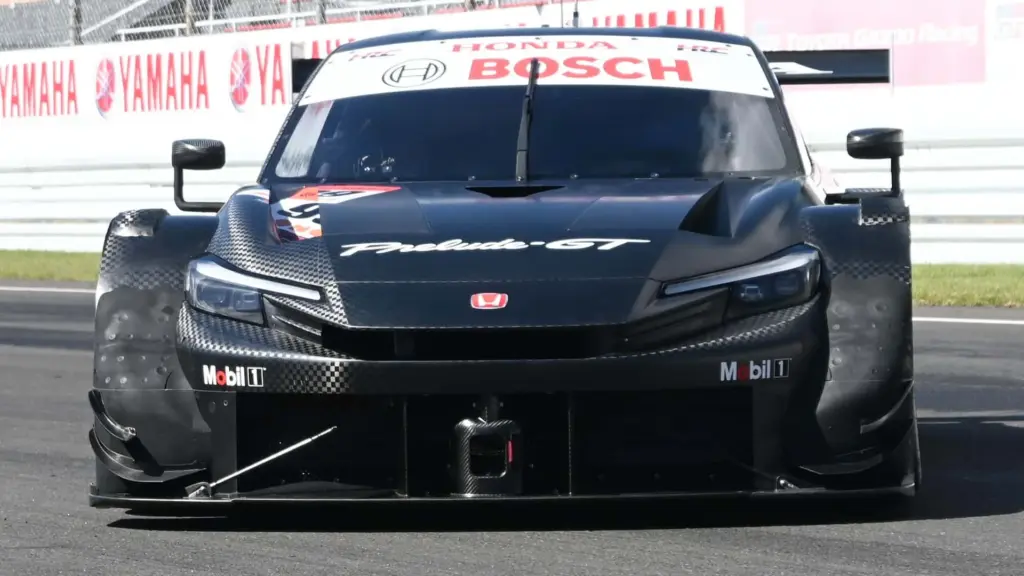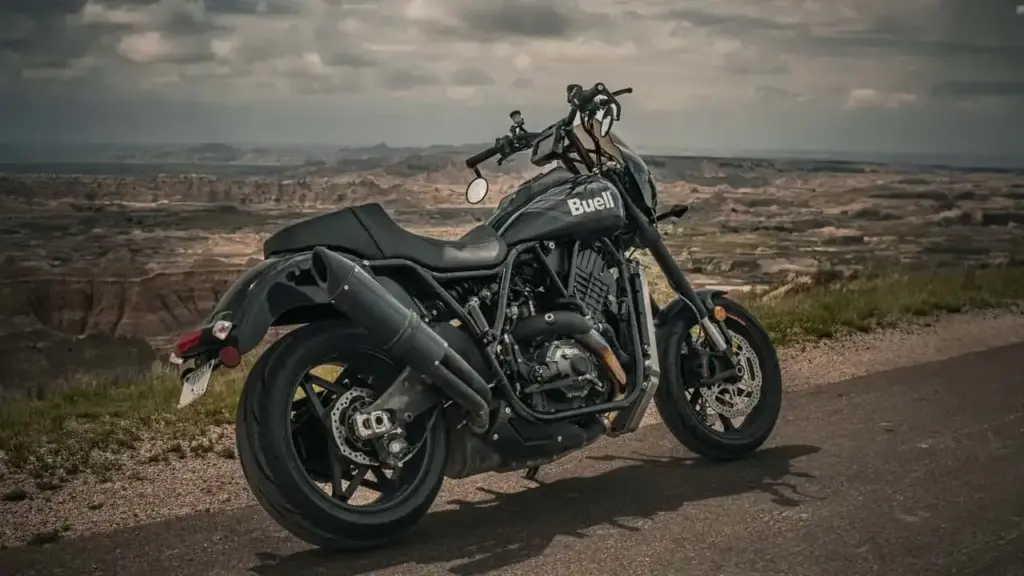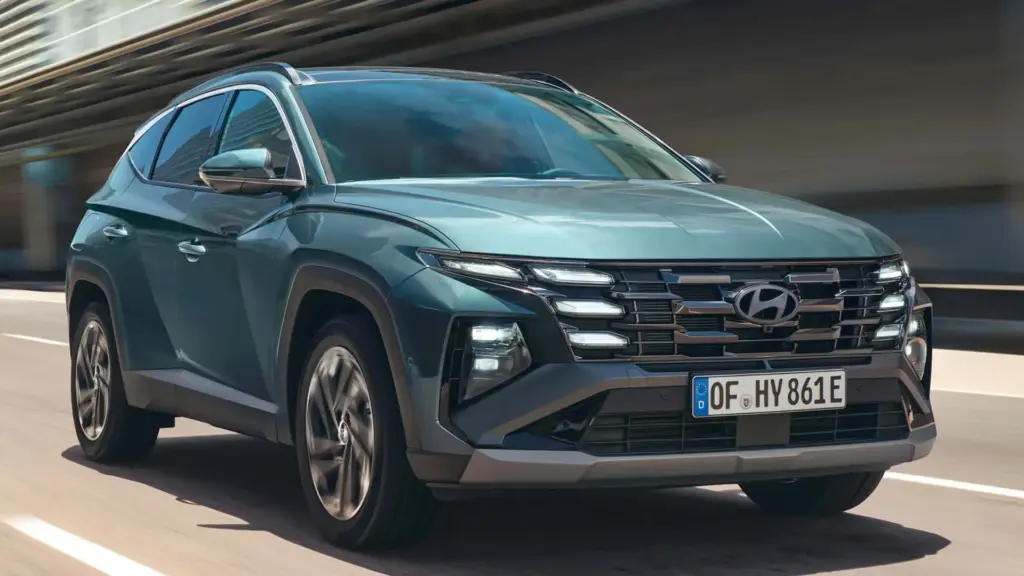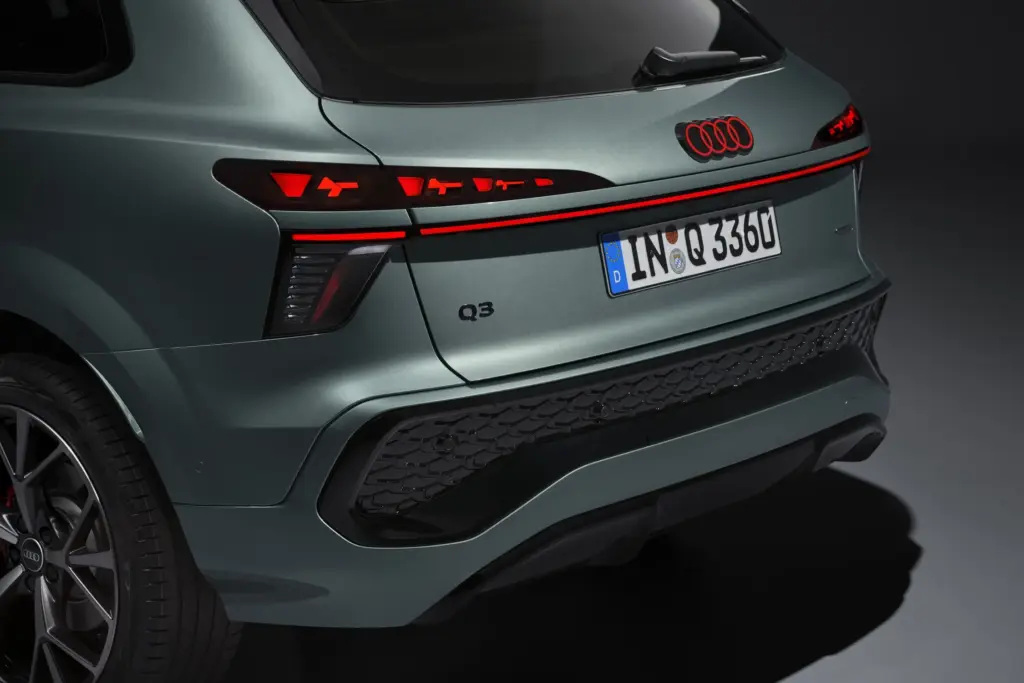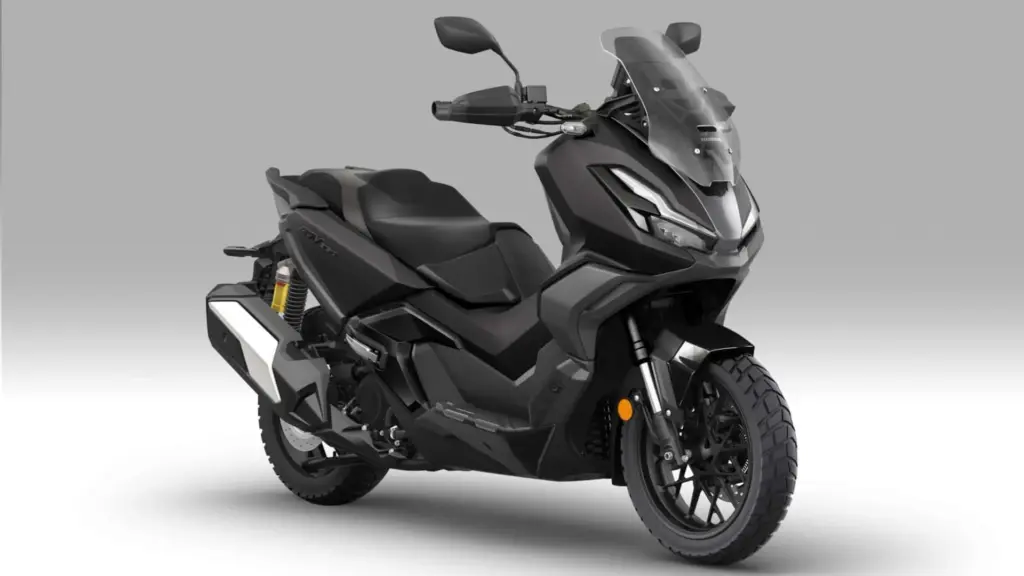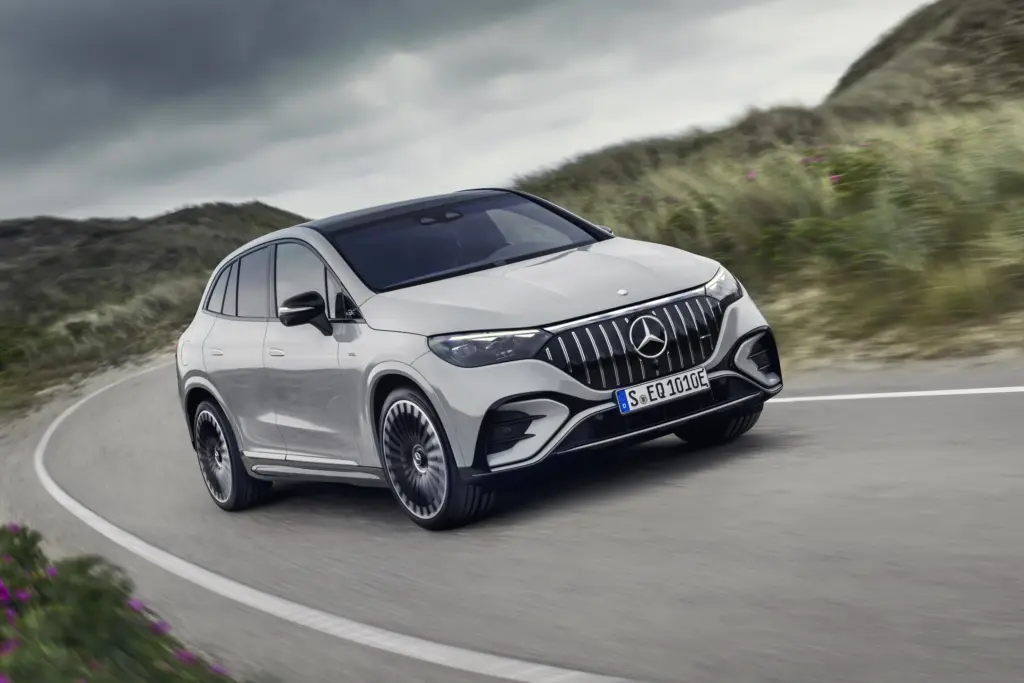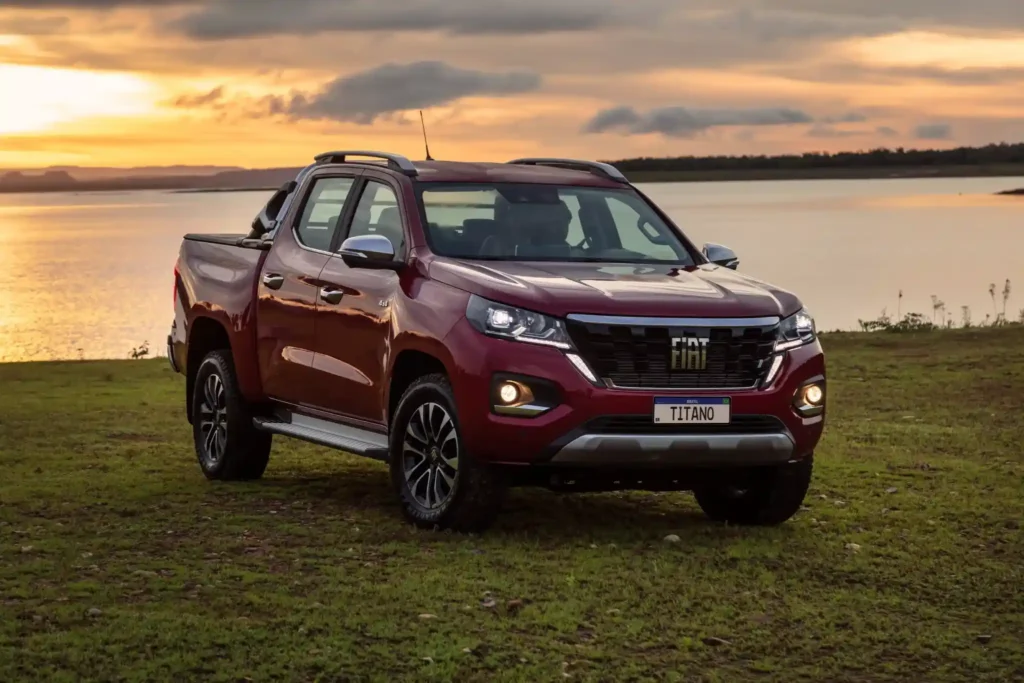When a new electric vehicle appears that promises to outshine the entire global compact segment—and even boldly challenge large manufacturers with arrogance—you pause and read. The Honda N-ONE e: 2026 is precisely that big kick in the door of the electric kei car segment. Get ready for a technical, straightforward tour—no nonsense—about why this Honda will make many brands shed tears of frustration.
What makes the Honda N-ONE e: 2026 more relevant than other electric compacts?

The secret lies in Honda’s shift from the commercial flop (no sugarcoating) of the Honda e to a new model that’s truly desirable and affordable. The N-ONE e: boasts an estimated range of over 270 miles on the WLTC cycle—something that leaves competitors in the dust, since Sakura and eK X EV continue delivering only 180 miles. Plus, its retro-modern design recalls the legendary N360 from the 1960s, but with the aerodynamics and technology of a 2026 EV. If that doesn’t convince you, probably only a spaceship will.
If we expand to the global scene, Honda targets the world with its Super EV concept: a wider body, aggressive look, and a platform that allows for global scale without the obscene re-engineering costs. No need to make a microcar look like a toy next to a Hyundai Kona 2026 Hybrid or other more robust options—here the goal is to compete toe-to-toe with European rivals like Renault 5 and Fiat 500e.
What are the technical specs and what do they mean in real life?
Technical sheets are often filled with corporate hype or fluff. But here, we get straight to what matters: a front synchronous electric motor, 47 kW (64 hp), torque ranging from 162 to 195 Nm (enough to push aside many arrogant SUVs), approximately 30 kWh battery (LFP chemistry—look at how serious and durable that is), weight around 2,200-2,420 pounds. It easily outperforms its main rivals, especially in range and charging time: just 30 minutes to 80% charge with DC fast charging.
The N-ONE e: was designed for urban use, yes, but unlike many timid competitors, it maintains four decent seats, maximizes interior space, and has physical controls where needed (yes, Honda, thank you for not making me yell at a screen that locks just to adjust the A/C). The European Super EV also increases in width, so don’t expect a “tiny for city driving” model like many exported kei cars from the past.

Direct comparison: N-ONE e: vs Sakura vs 500e vs BYD Seagull
- Honda N-ONE e: 2026 – 47 kW/64 hp, torque 162-195 Nm, range > 270 miles, ~30 kWh battery, 0-80% in 30 min.
- Nissan Sakura – 47 kW/64 hp, 195 Nm, 180 miles of range, 20 kWh battery, similar price but less range.
- Fiat 500e – 87 kW, up to 320 miles of range (but priced well above $20,000), more “premium” than affordable.
- BYD Seagull – 30 kWh battery, similar range, but less “iconic” design and lower-quality interior compared to Honda.
Is the Honda N-ONE e: really competitive in international pricing?
The strategy here is more daring than corporate speech. Honda aims to deliver the European Super EV for under €20,000. In the electric segment, that’s almost daring rivals to be honest. Subsidies in some markets can slash this price by several thousand, bringing the N-ONE e: to a top gasoline model price, but with automatic transmission, V2H, real connectivity, Honda Sensing safety suite, and a high-quality finish.
The comparison gets even more interesting when you see rivals like the Mercedes EQB 250+, which carries the stigma of being “half electric, too expensive.” The N-ONE demonstrates that there’s no longer an excuse to say EVs are unaffordable; if energy costs are still a concern, it can also power your home during an outage or camp like a civilized person, thanks to V2H/V2L functions.
Summary of Pricing and Equipment Highlights
- Estimated European Price: Under €20,000 (with subsidies, potentially even lower)
- Standard equipment: Honda Sensing (advanced driver assistance), 6 kW A/C, V2H/V2L
- Options: 9-inch screen, alloy wheels, leather steering wheel, foldable rear seats
- Interior: Minimalist, practical, no unnecessary frills just for the brochure
- Sustainability: Recycled plastic bumpers and grilles, bioplastics, recycled PET in finishes
Is Honda N-ONE e:’s technology real or just marketing hype?
This isn’t sponsored hype in disguise. The N-ONE e: comes with full Honda Sensing (autonomous emergency braking, adaptive cruise with stop & go, traffic sign recognition), and even pedestrian crossing detection (serious EV feature). The basics already outperform many compacts out there, and it also offers real bidirectional charging, not just eco-freak gimmicks.
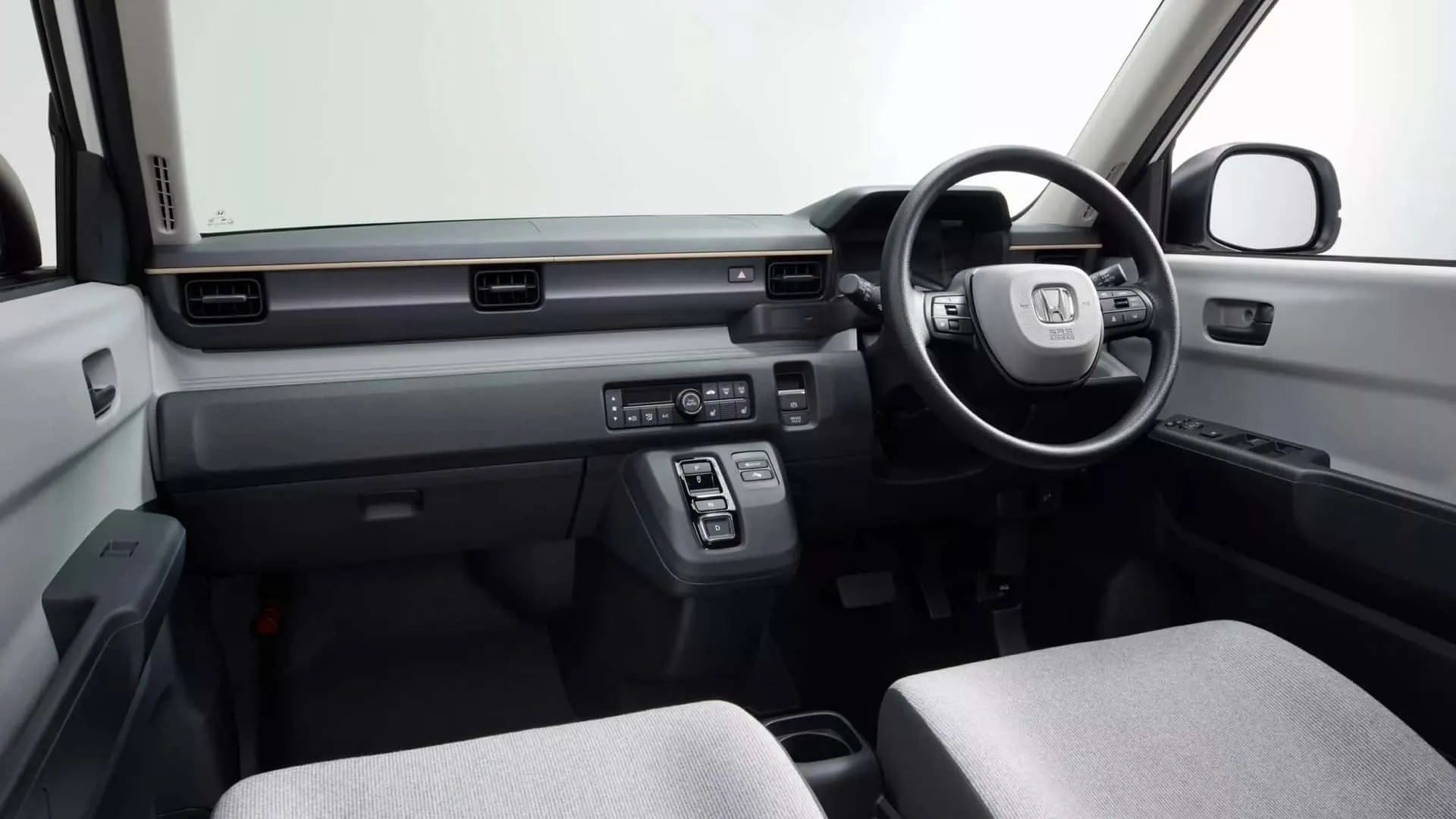
For those who like to compare with disruptive technology in other markets, I recommend looking at how models like the Ducati XDiavel V4 2025 or electric SUVs like the Jeep Wagoneer S are raising the bar—but Honda, in this segment, proves you can be safe, fun, and tech-savvy without breaking the bank.
Confirmed Key Technological Features
- Compact digital dashboard and optional 9” screen
- Bluetooth connectivity or Honda Connect with navigation, Apple CarPlay, and Android Auto
- Physical controls for vital functions (climate, audio, etc.)
- AC charging 6 kW (up to 100% in 4.5-5 hours), DC 50 kW to 80% in 30 minutes
What versions are available and how to choose without wasting money?
There are two main versions: e:G (base) and e:L (top, but still honest on price). The e:G omits the center display and has simpler finishes, perfect for those who don’t care about extras and want the lowest cost—while the e:L adds a digital panel, alloy wheels, leather steering wheel, and a more sophisticated multimedia system.
What really matters? All share the same powertrain, same 30 kWh BATTERY, and similar performance; only interior features and connectivity differ. Opt for the basic if you want the best bang for your buck, or go for the top if you want to show everyone that EVs can be both high-end and affordable—just like a Jeep Wagoneer S.
FAQ Honda N-ONE e: 2026
- Can I travel with the N-ONE e: or is it only for city driving? It’s capable of short trips, but it shines in the city—offering comfort and safety unlike any rival.
- Can I recharge anywhere? Yes, it accepts home wall chargers and fast chargers up to 50 kW in various global standards.
- Does V2H really work or is it just marketing? It works—can power your house or equipment for hours, useful during disasters or camping.
- Is there traditional warranty or is that a trick? It comes with a global factory warranty, including the battery, similar to more serious EVs on the market.
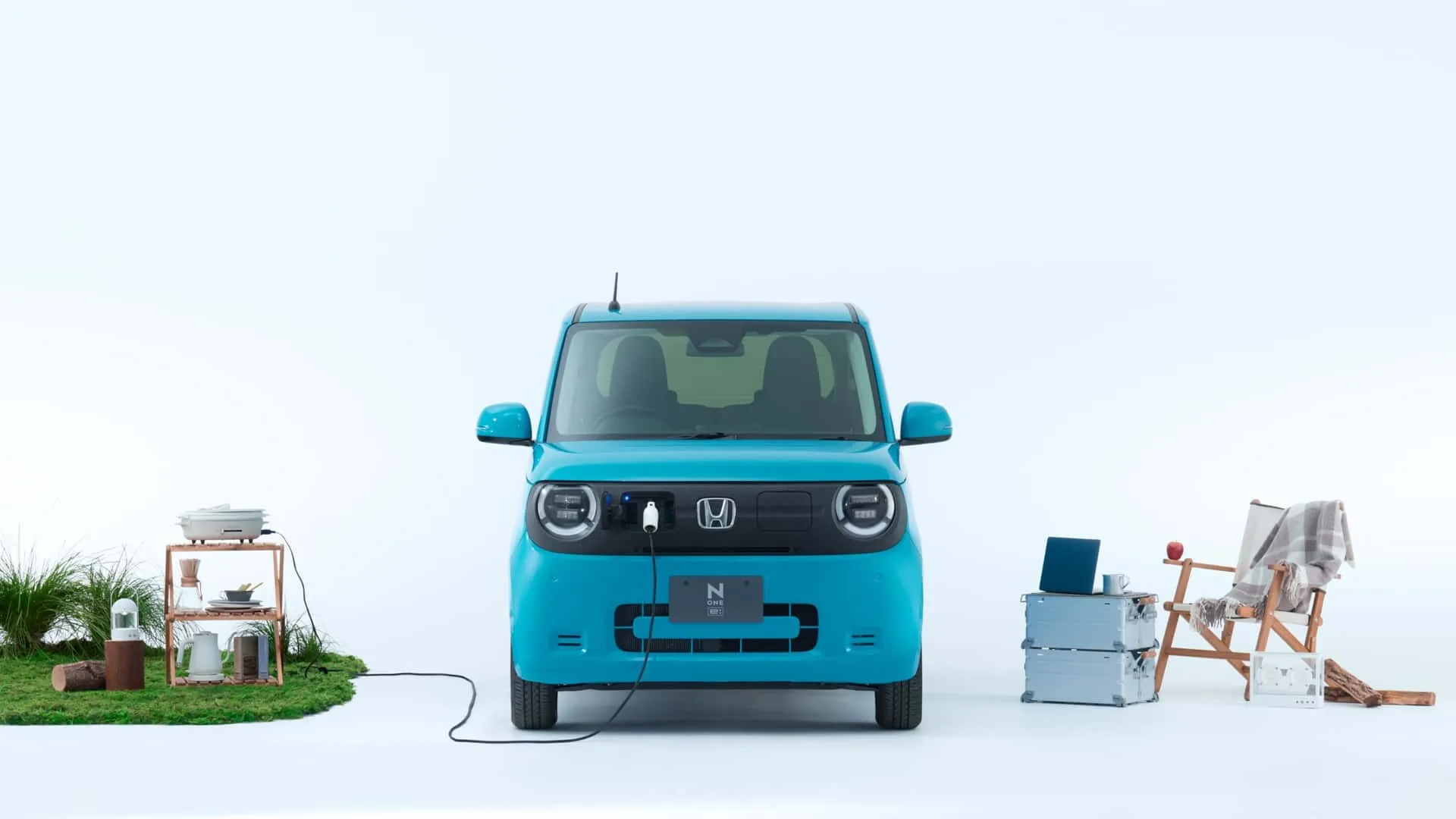
How well does the Honda N-ONE e: perform regarding sustainability and environmental impact?
Sustainability is no longer just empty talk—the Honda N-ONE e: uses a large amount of recyclable materials, including recycled bumpers from older models, PET in carpets, and bioplastics in the interior. This is a closed-loop process and not just superficial “greenwashing.” In fact, major competitors have already started copying and won’t admit it.
Almost the entire lifecycle of the N-ONE e: is designed to optimize resources and reduce toxic waste. Want to compare? Read about sustainable solutions in international models like the MG4 EV 2025, but Honda’s offering matches—and exceeds—in terms of affordability.
My honest opinion: is the Honda N-ONE e: hype or the reality of affordable global EVs?
Brutally honest: the N-ONE e: solves what has always destroyed electric compacts—range, price, space, and genuine usability (no marketing theatrics). Honda finally got real after the missteps of the “Honda e” and shows it listens to users: less premium fuss and more relevant, economical, smart EVs for real life—and surprisingly fun. If competitors don’t step up, they’ll drown in their own inventory.
If you thought kei cars were a joke, it’s time to rethink—and quickly. The Honda N-ONE e: takes the segment seriously, with innovation that goes way beyond cute finishes. Long story short: if you want a practical, functional, iconic, no-nonsense EV, this one deserves every second of your research—and maybe your hard-earned money. For more technical details and the latest on hybrid and electric models, also check out the Hyundai Kona 2026 Hybrid and dive into comparisons!
Liked it, doubted it, or angry about it? Leave your opinion in the comments. It’s time to be honest about the future of electric compacts—no fluff, no sales pitches!
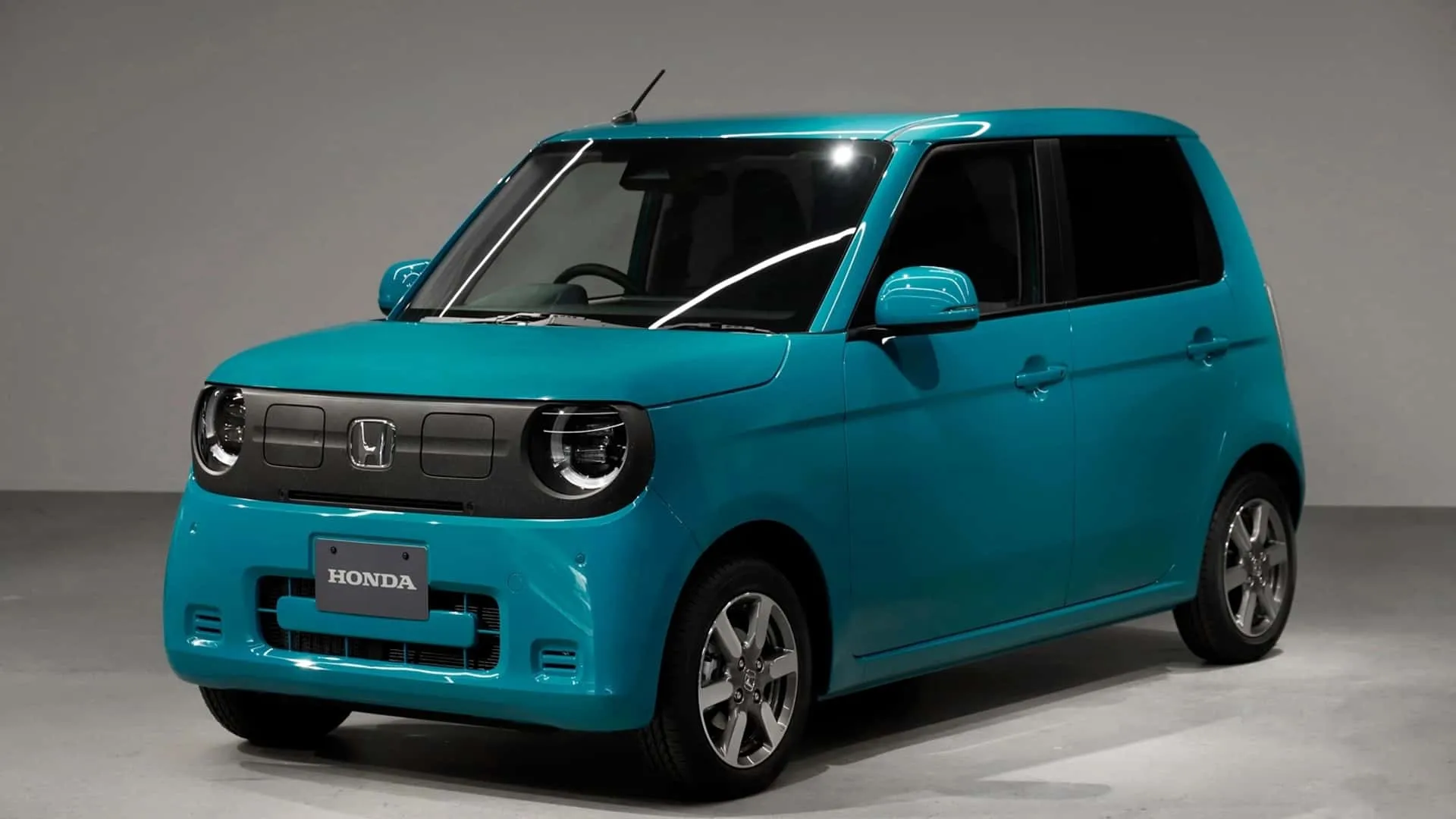



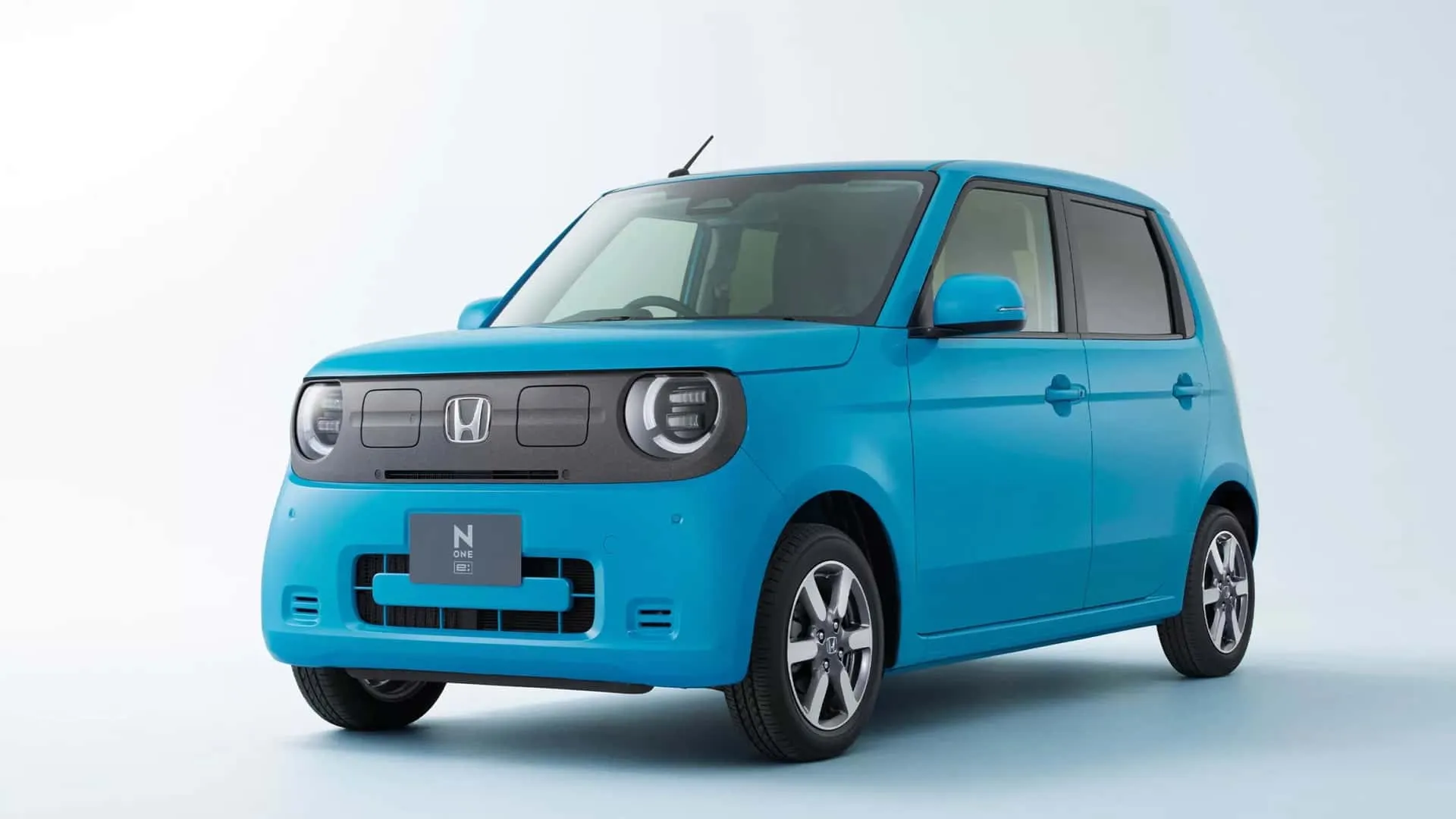
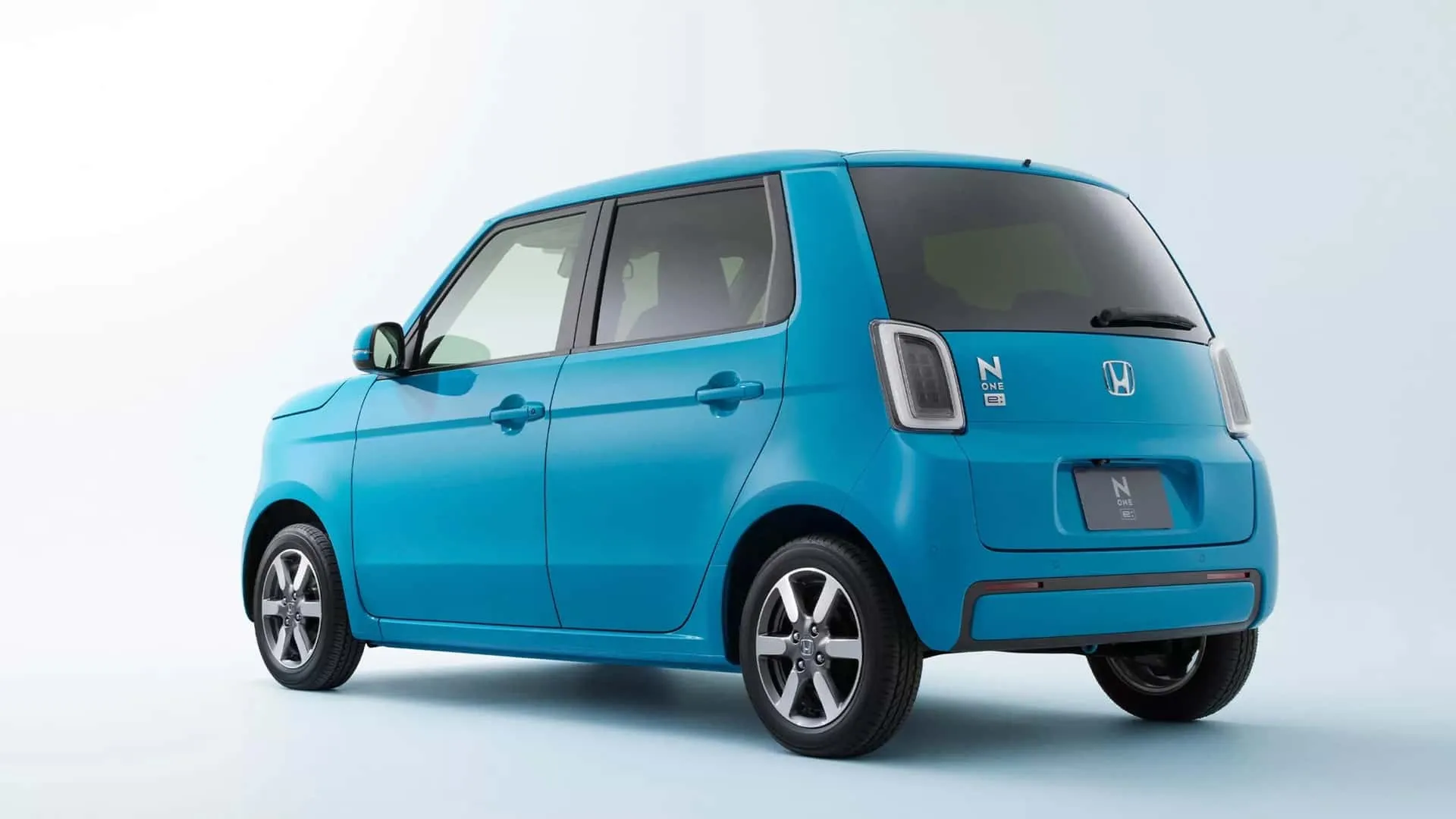
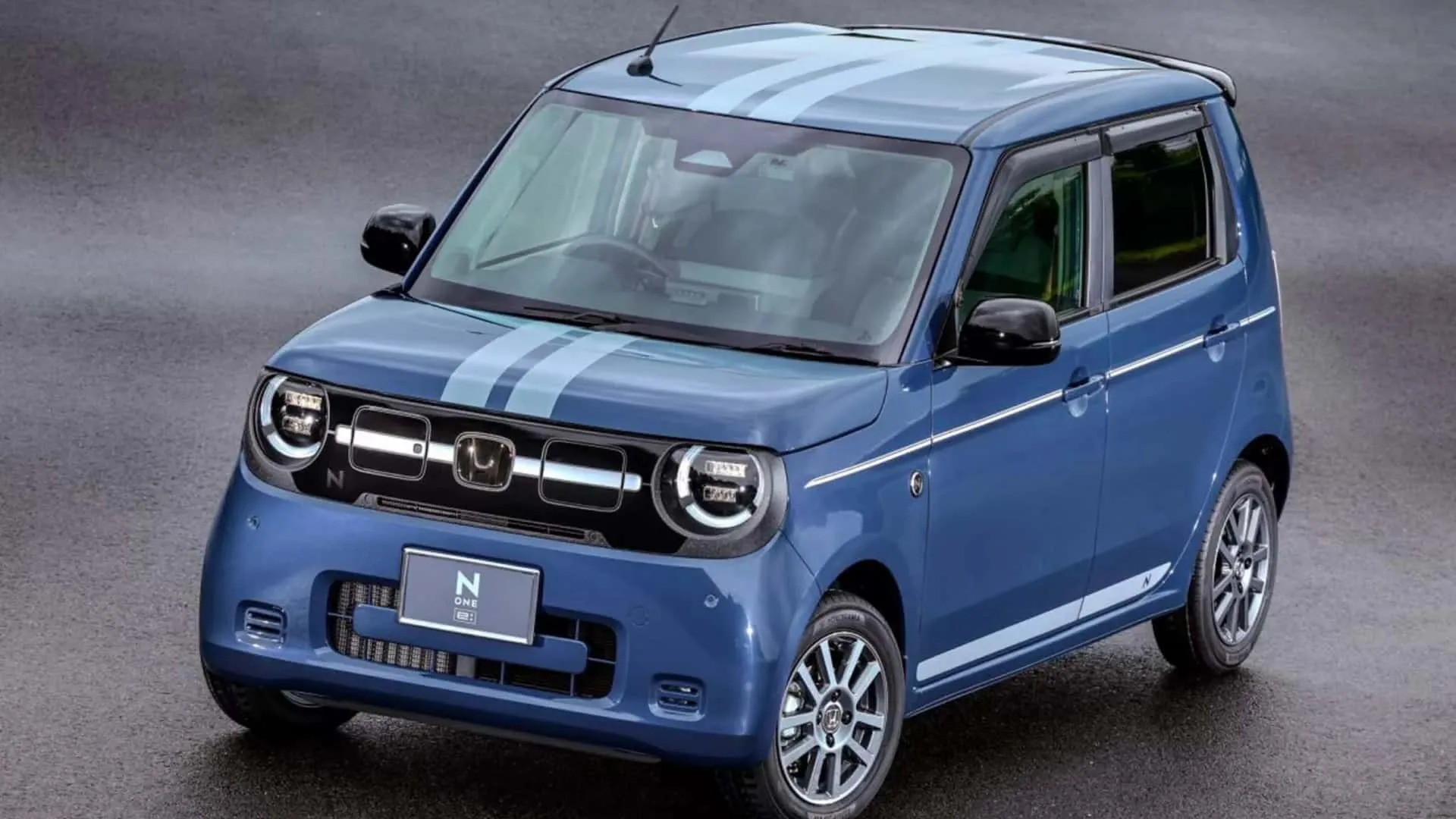

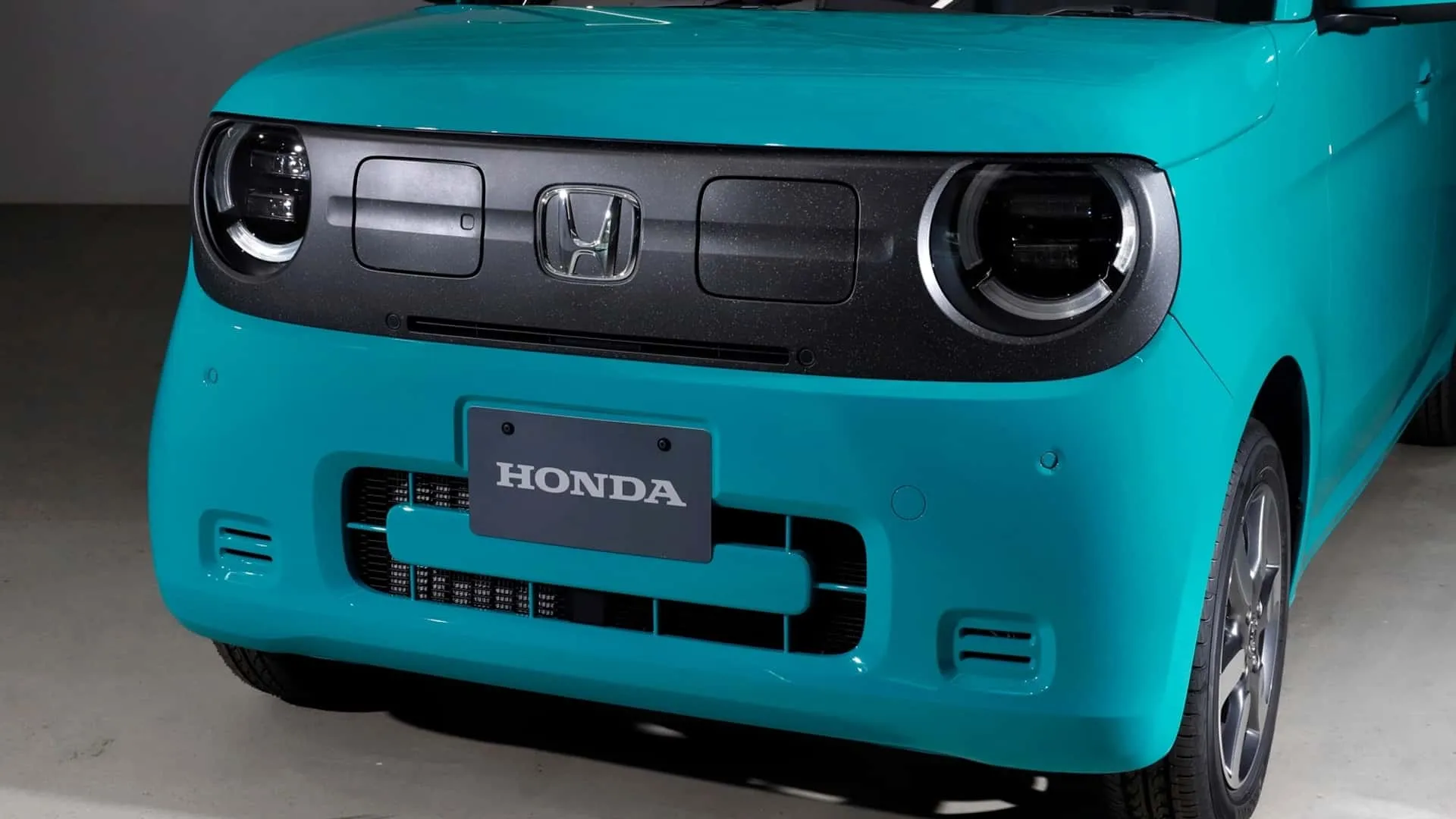
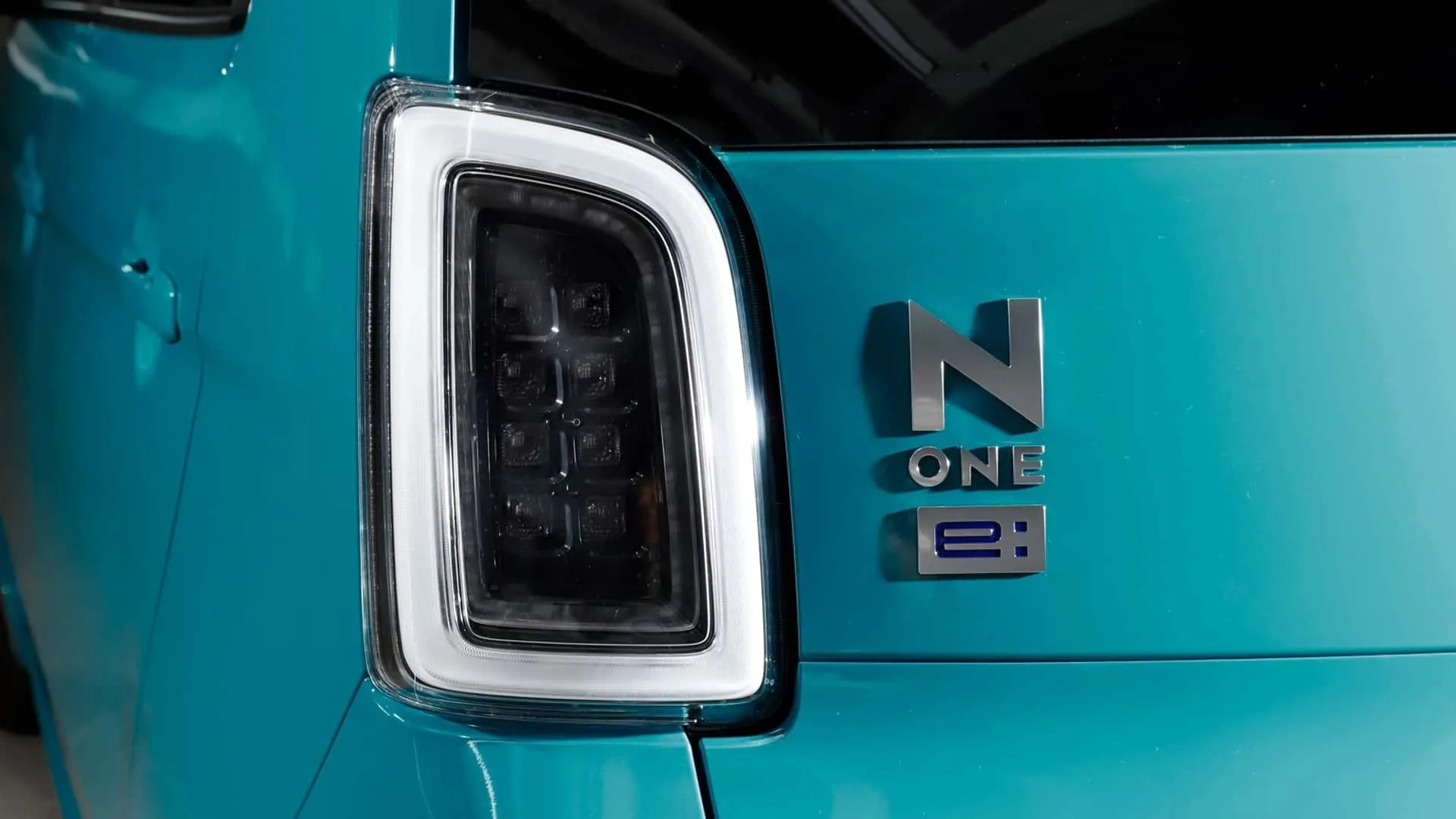
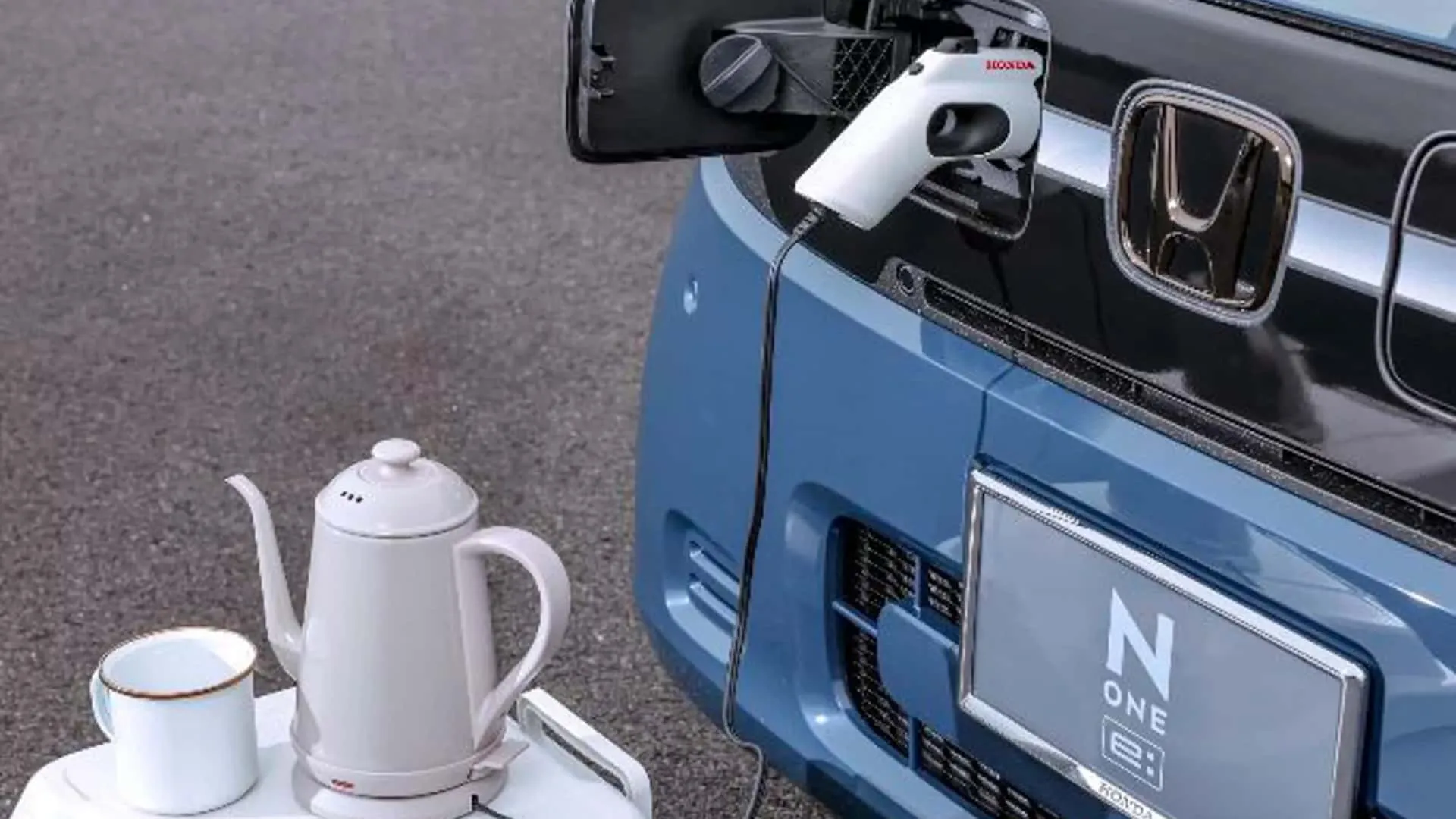
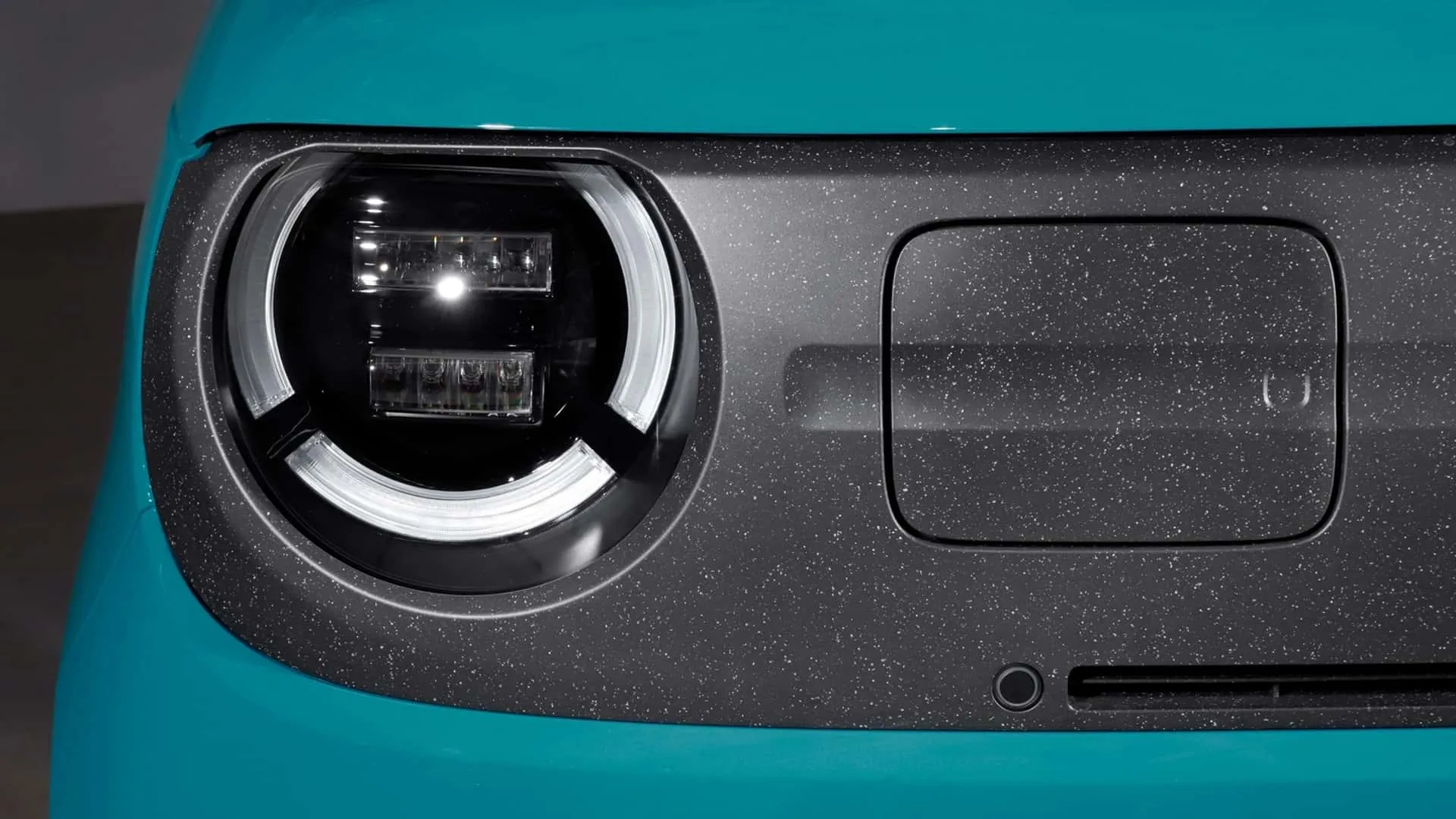
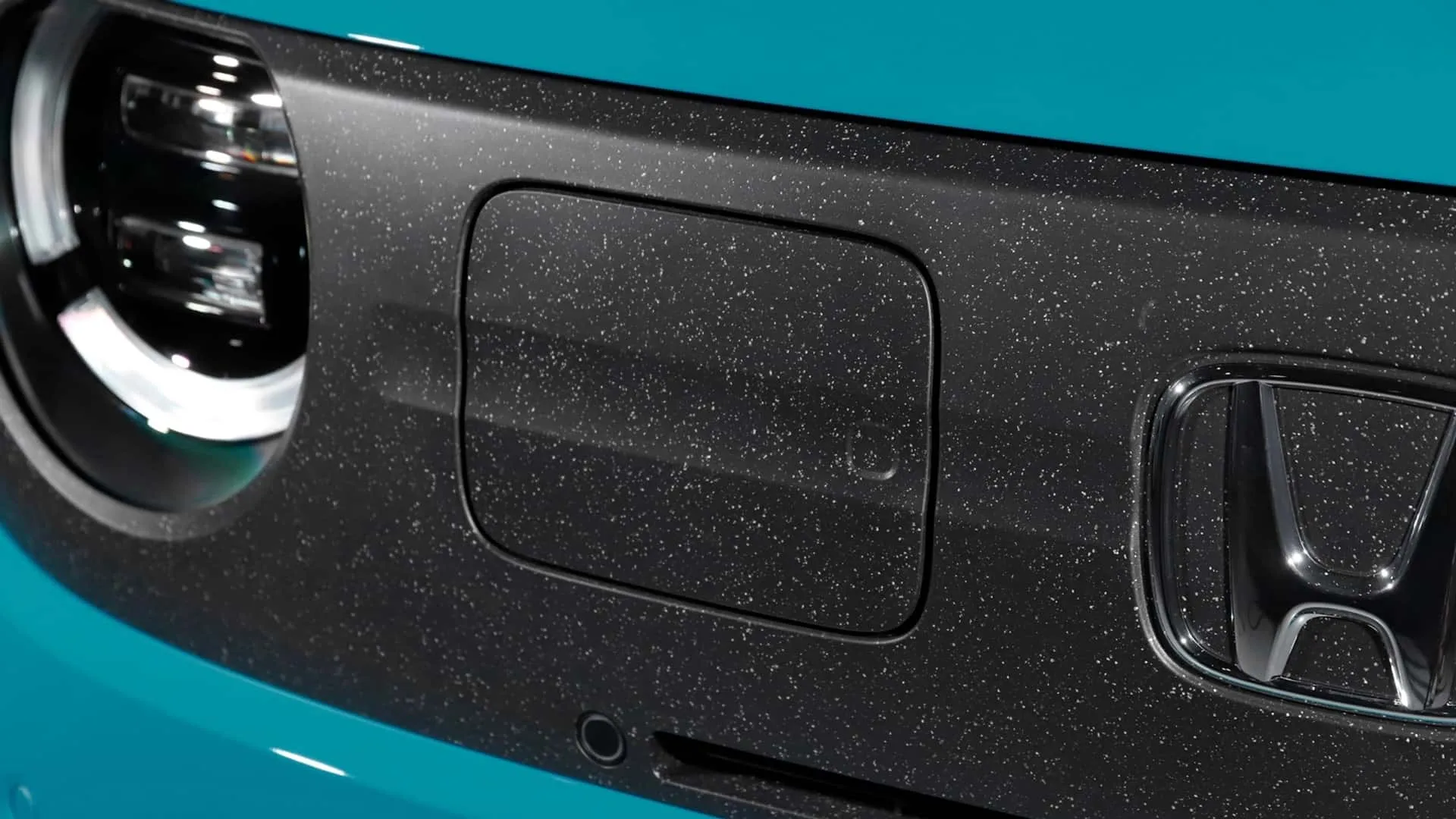
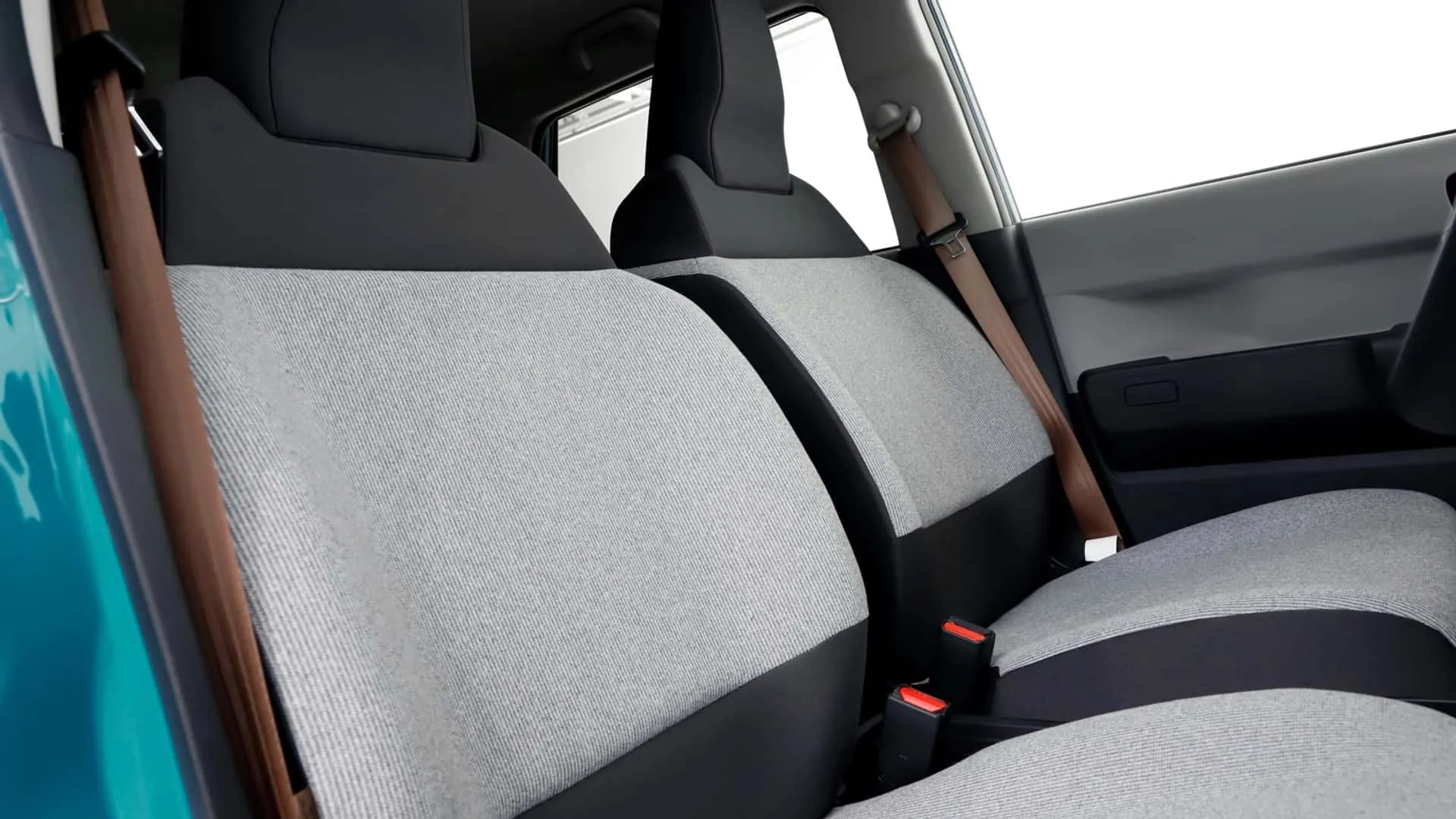
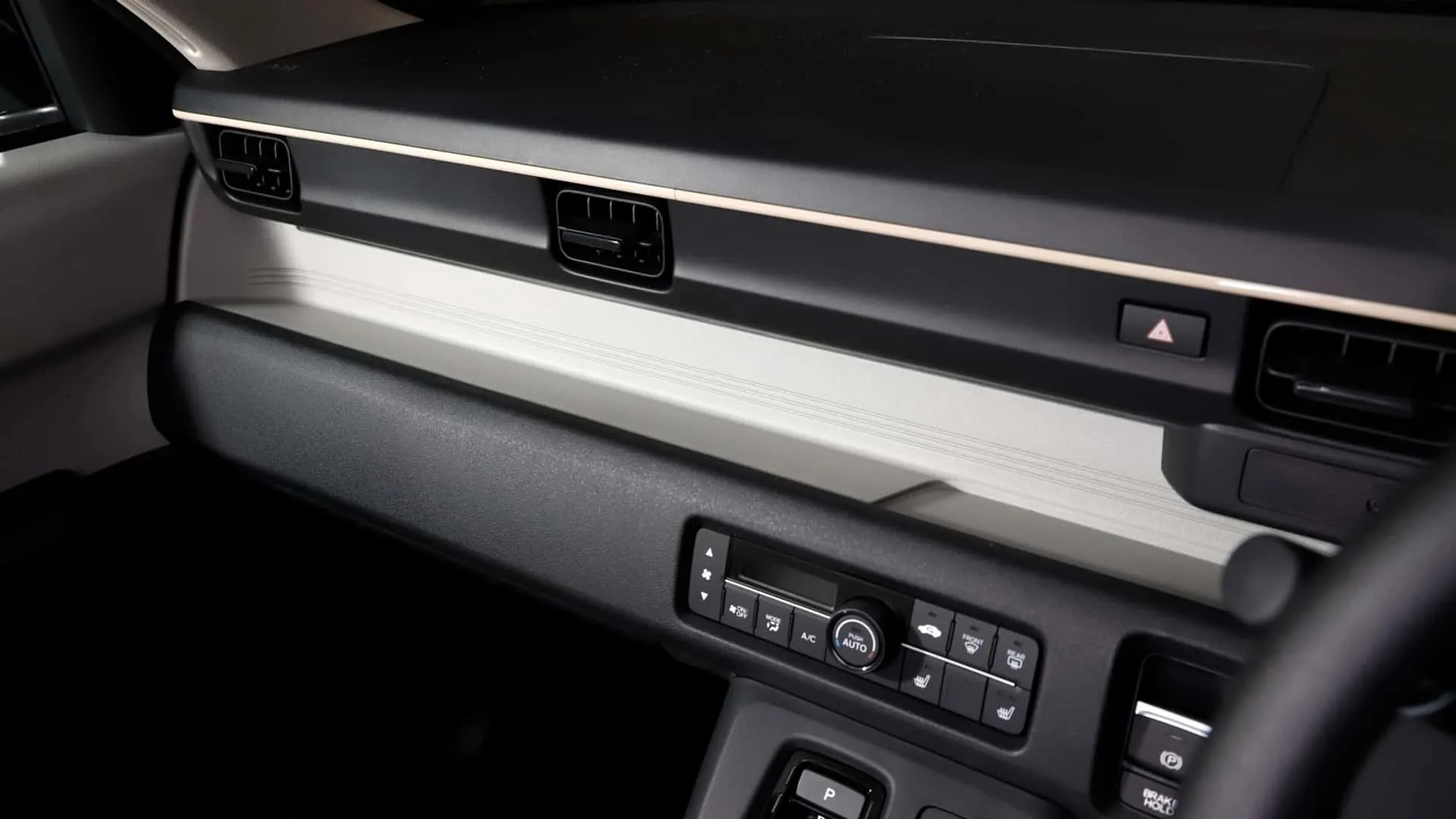
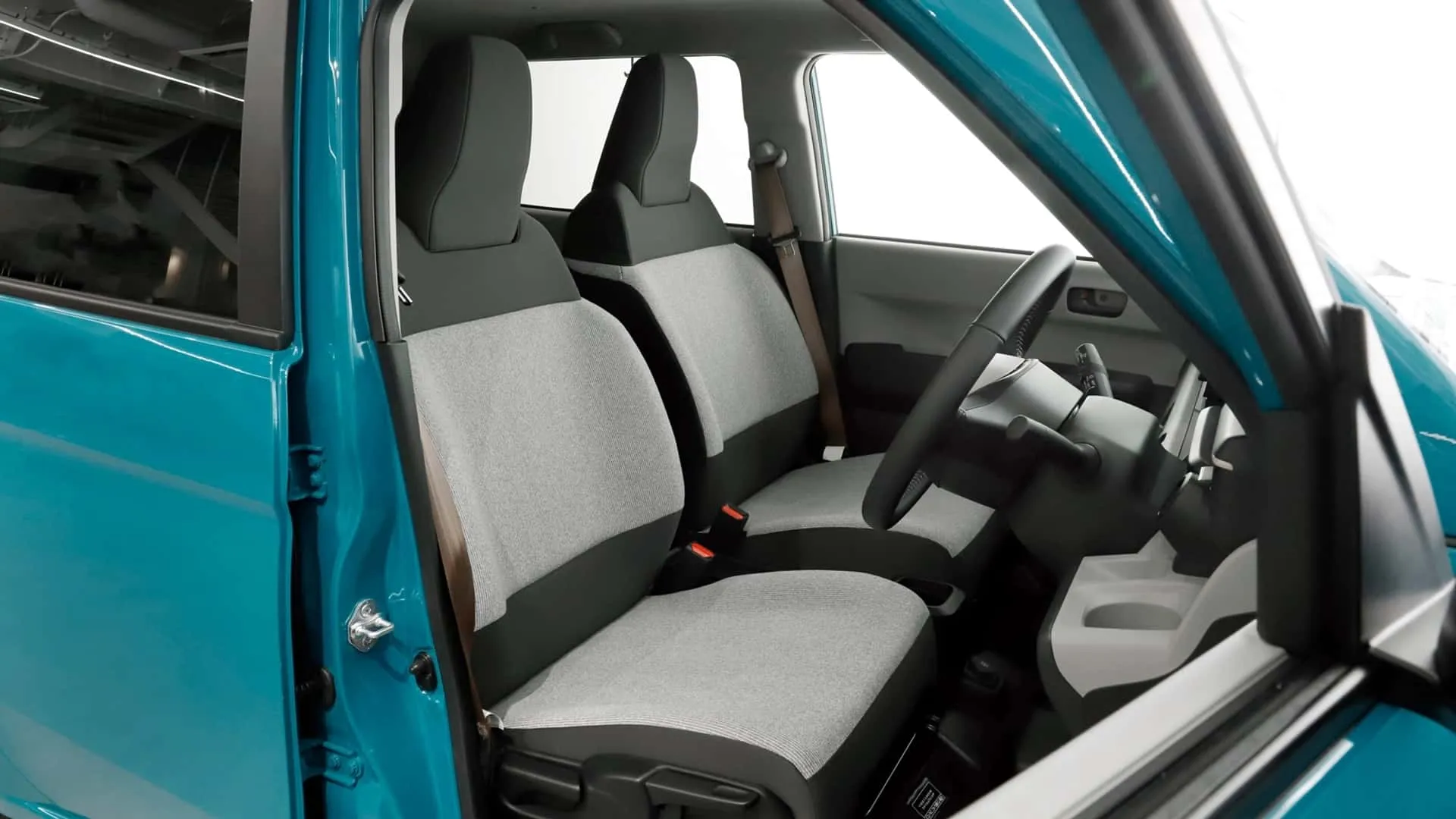
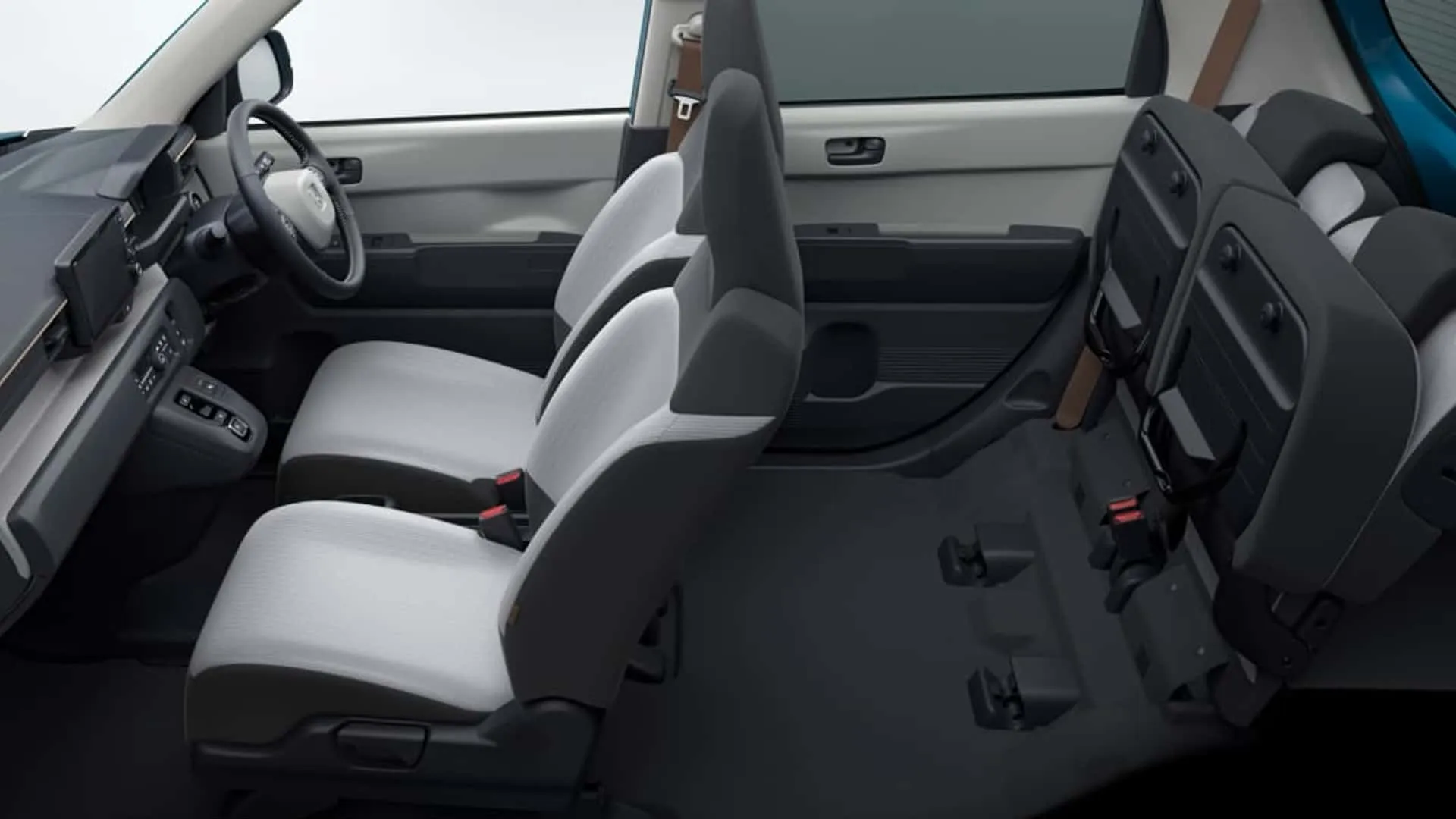
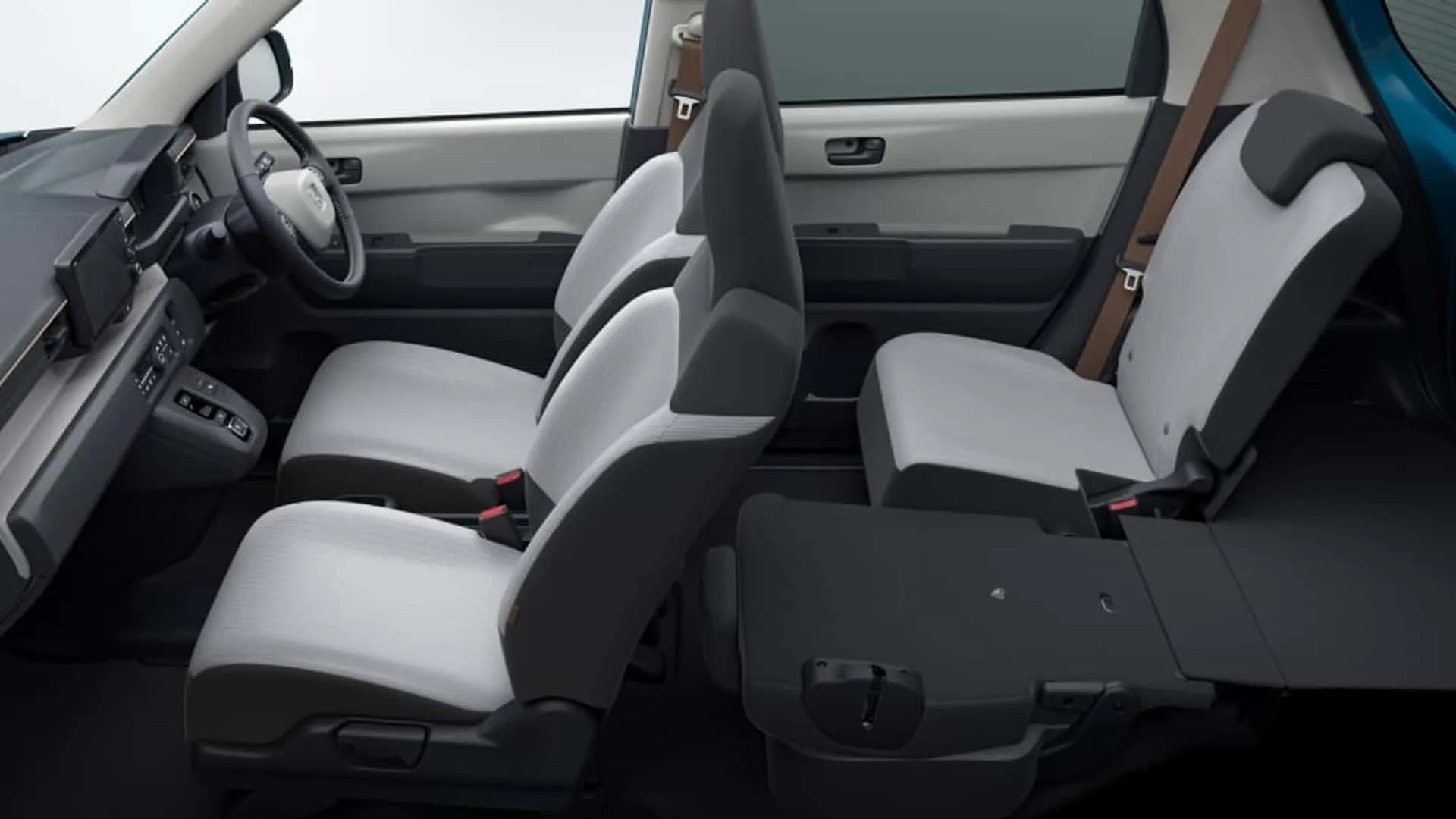
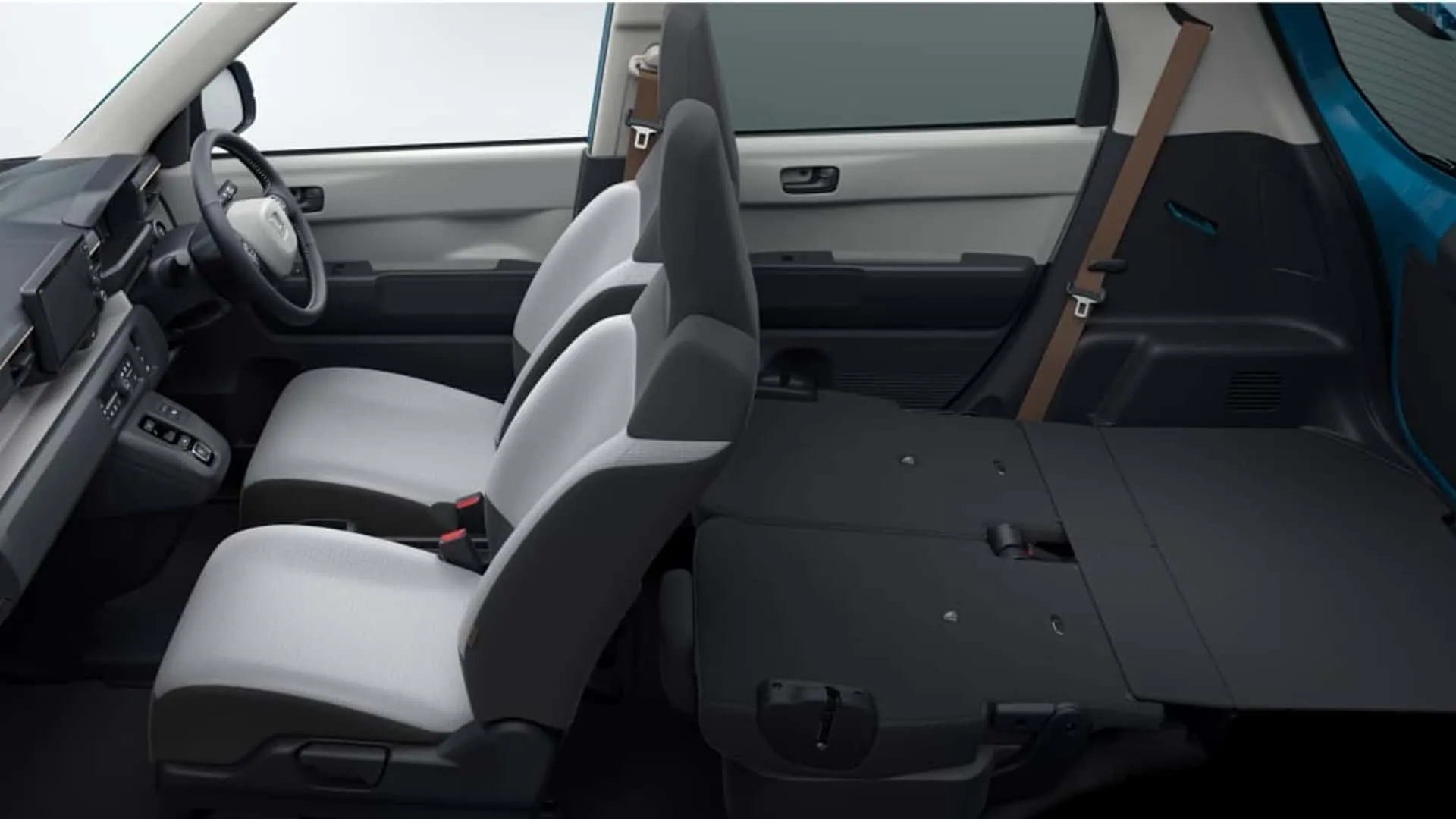
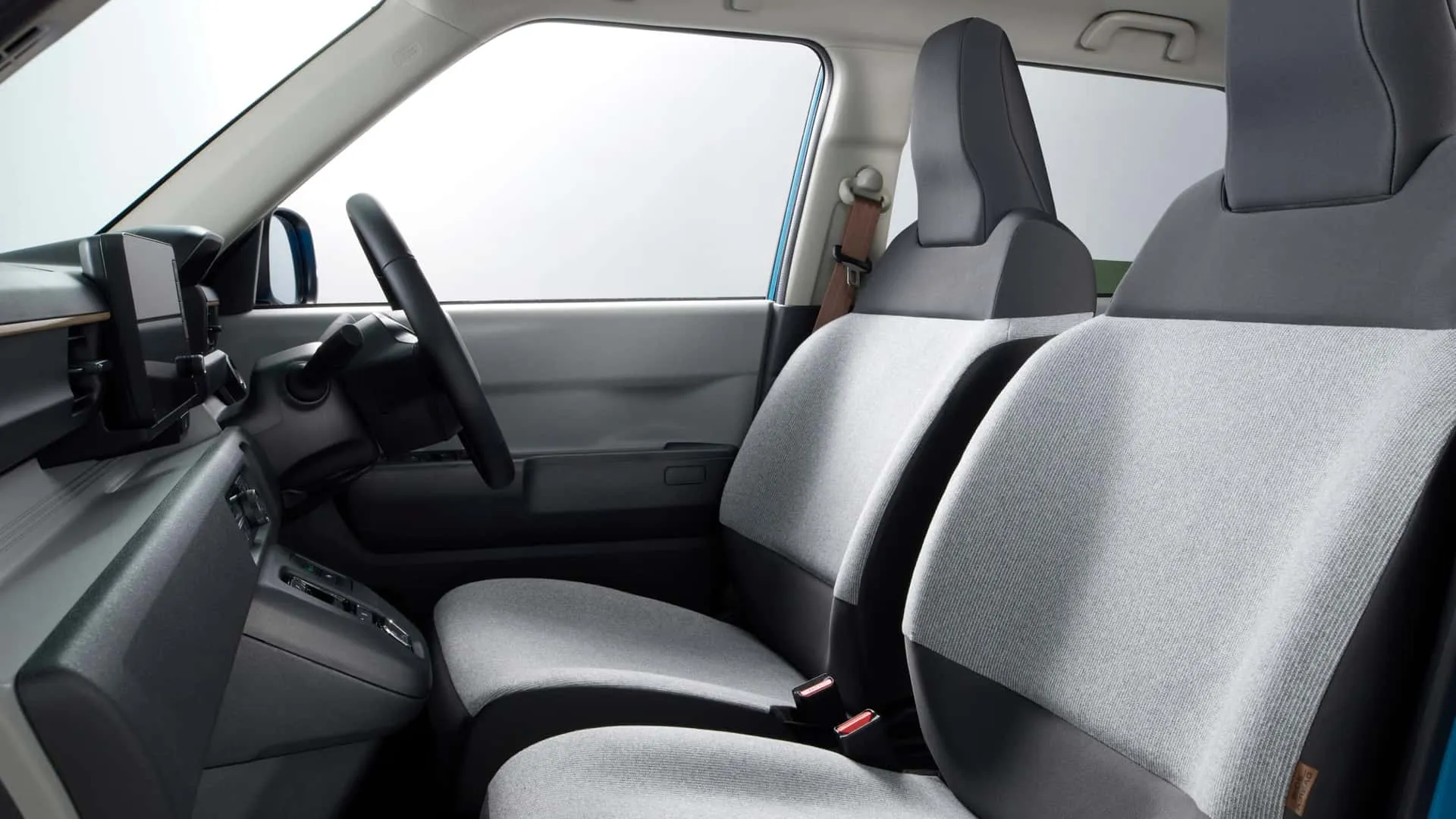
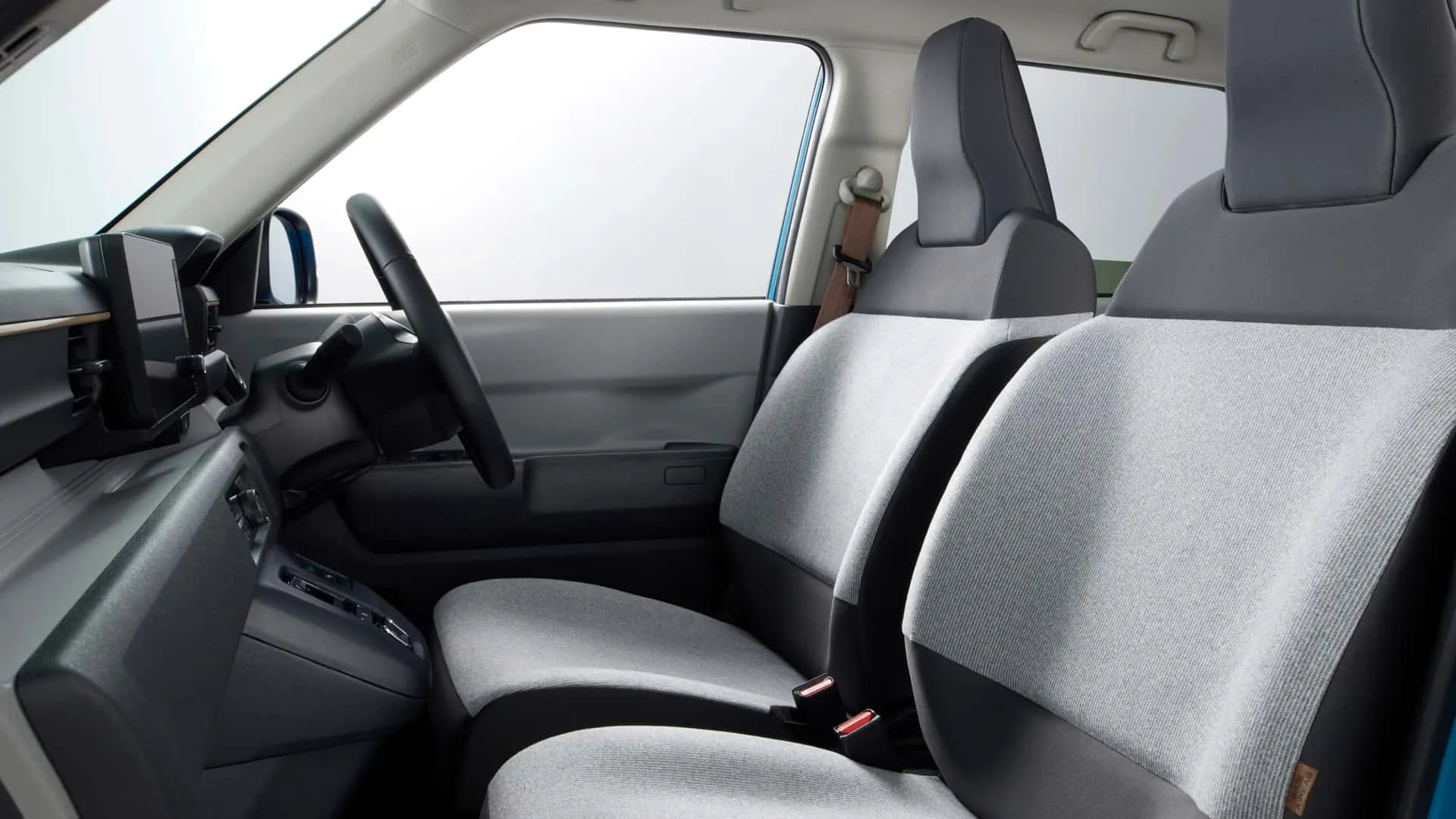
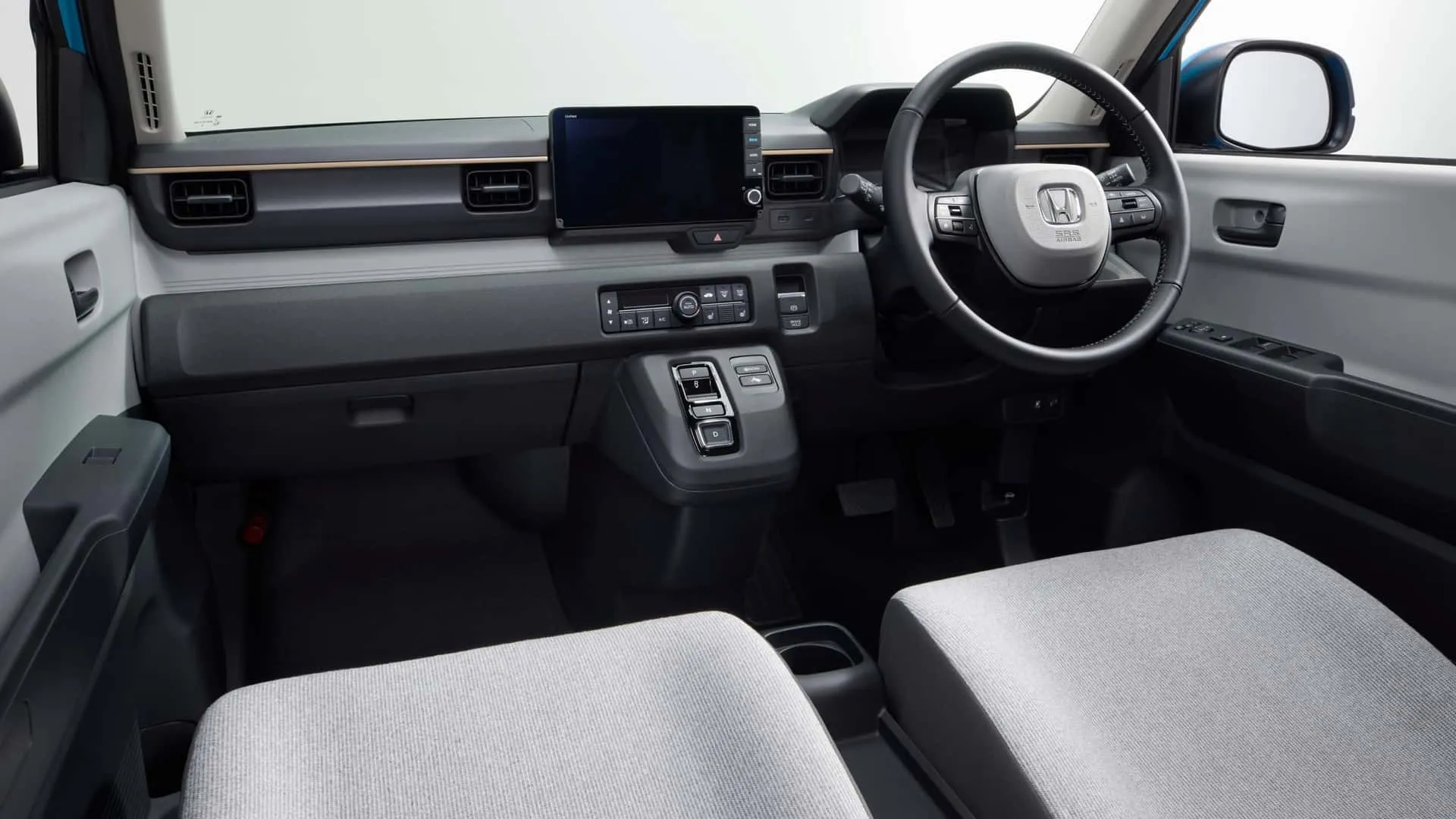
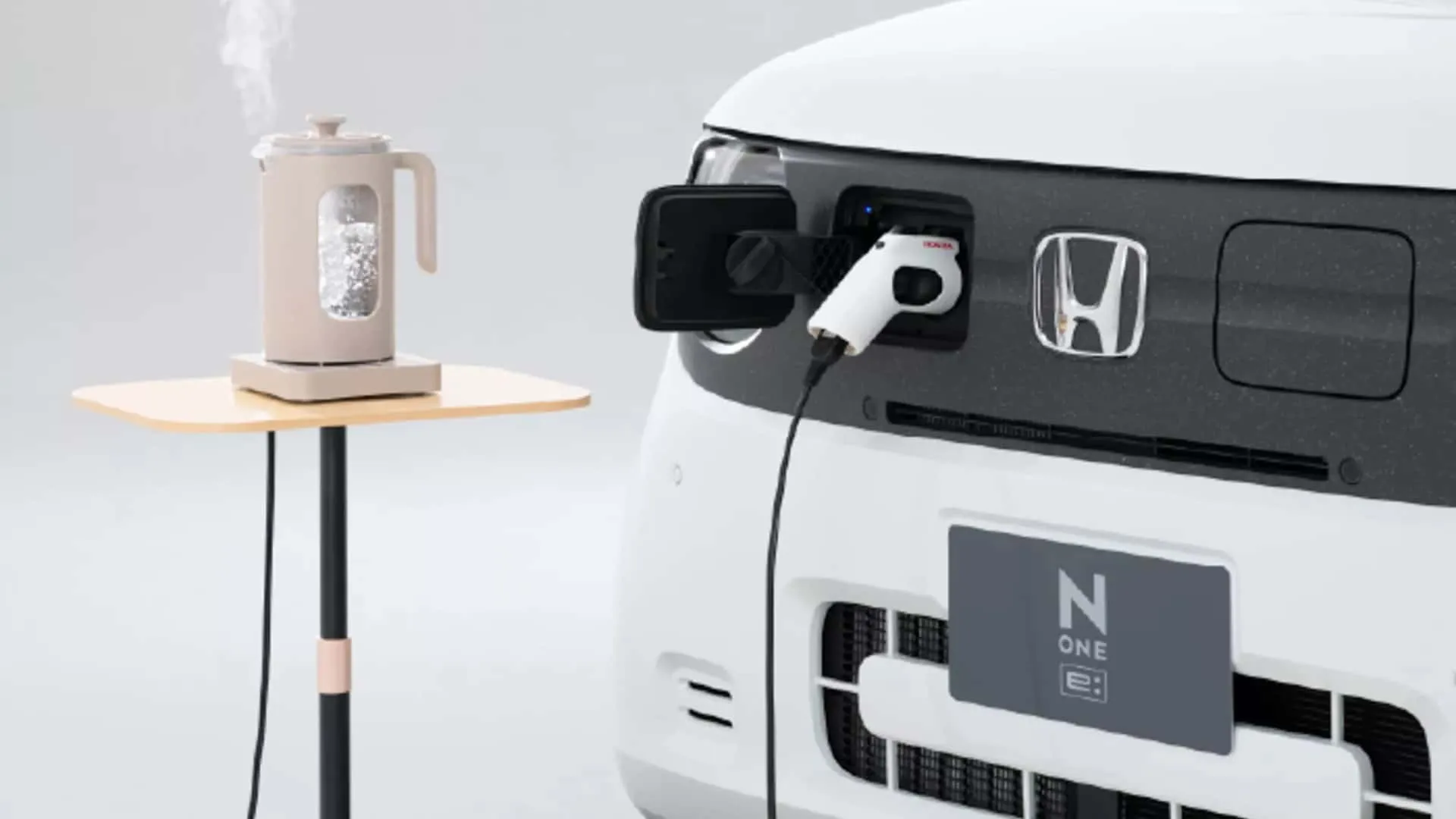
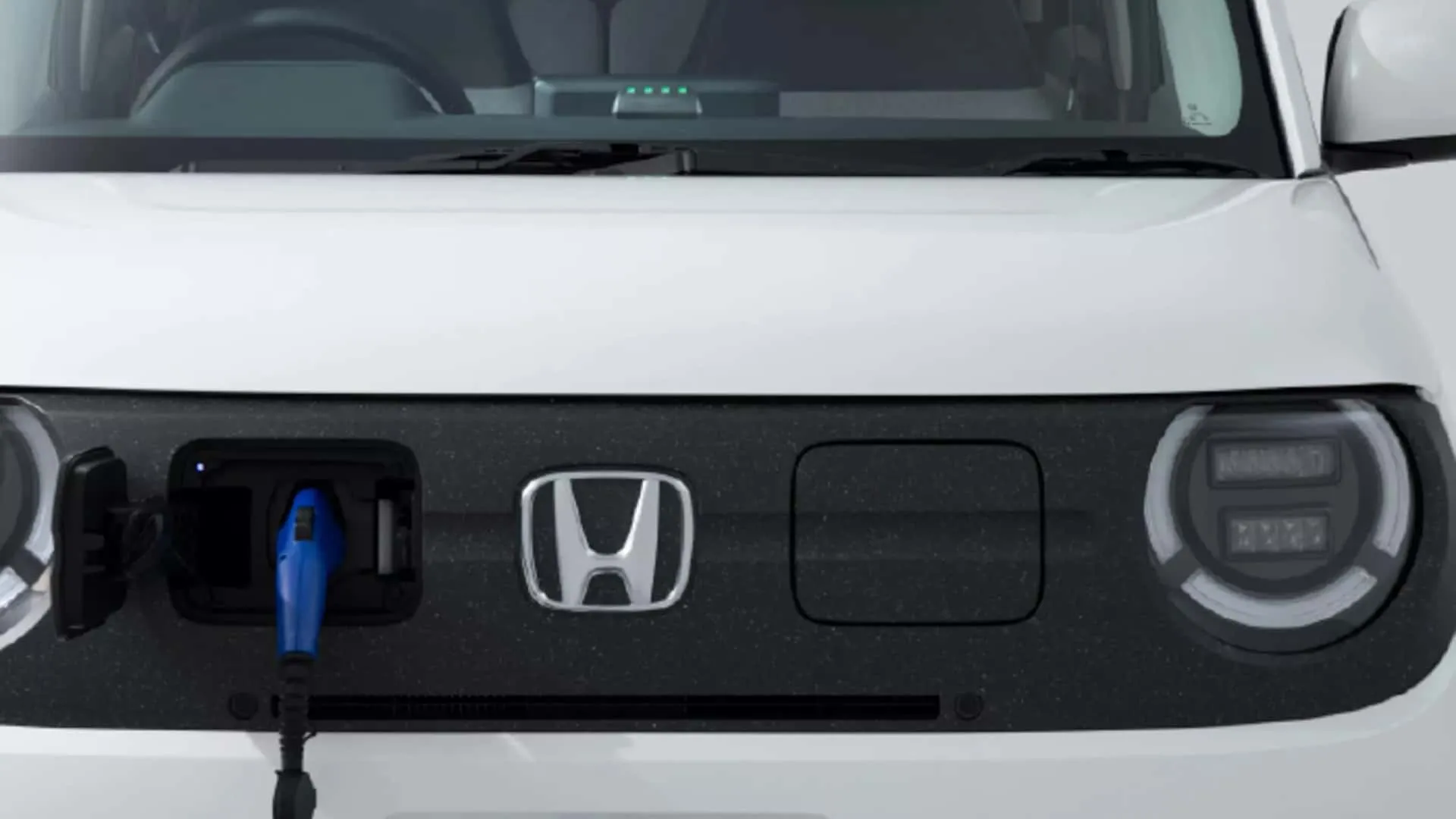
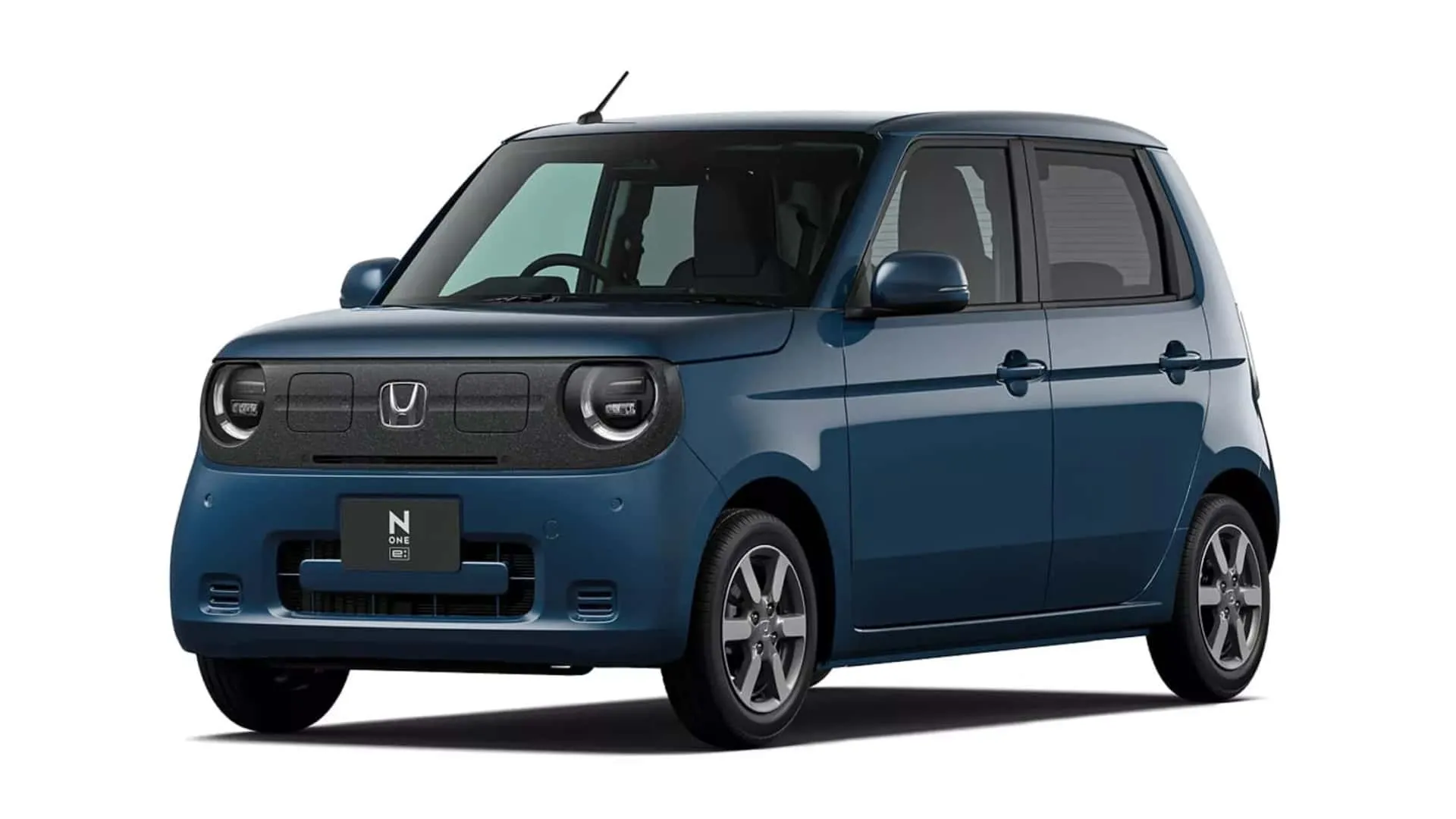
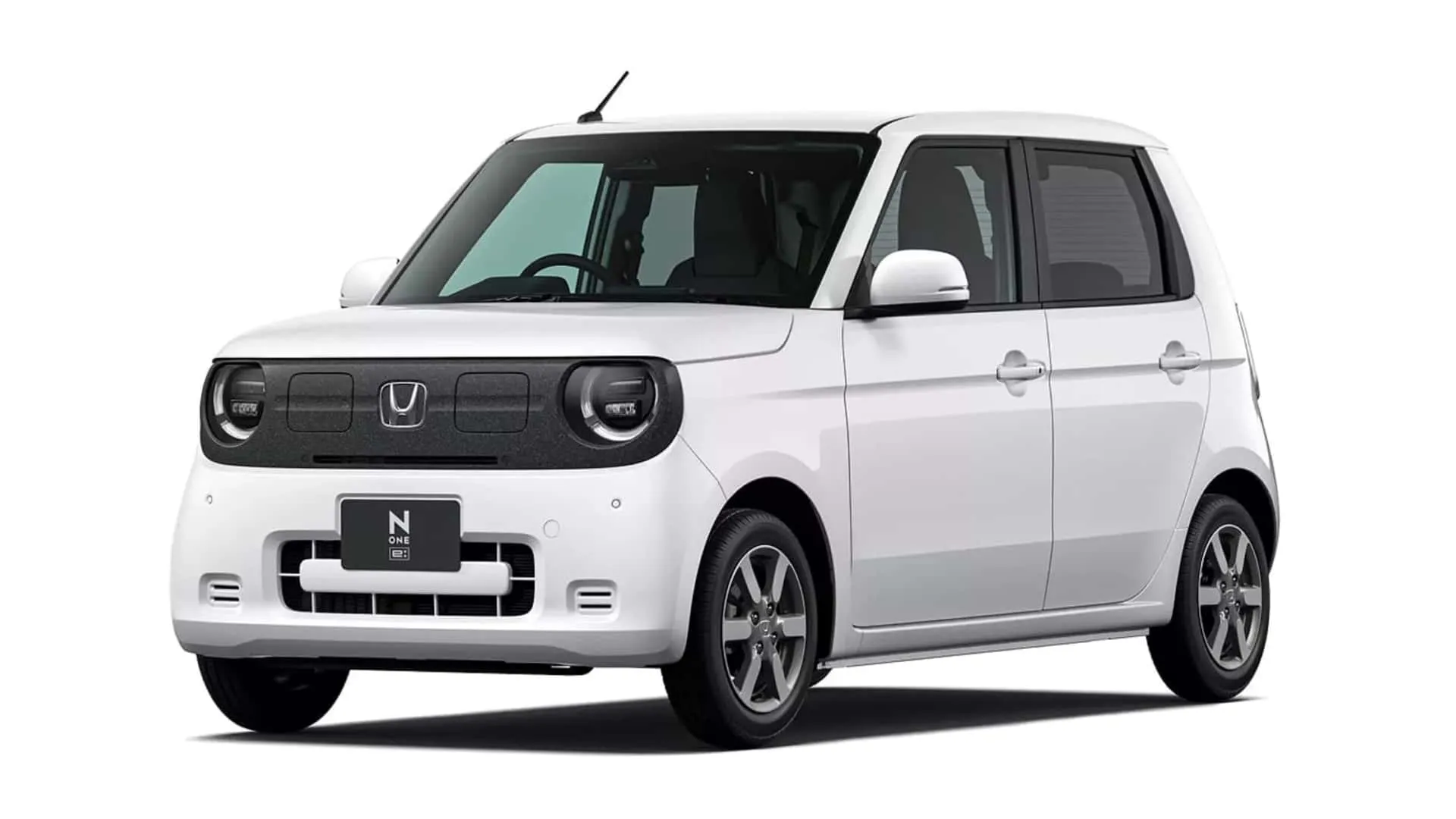

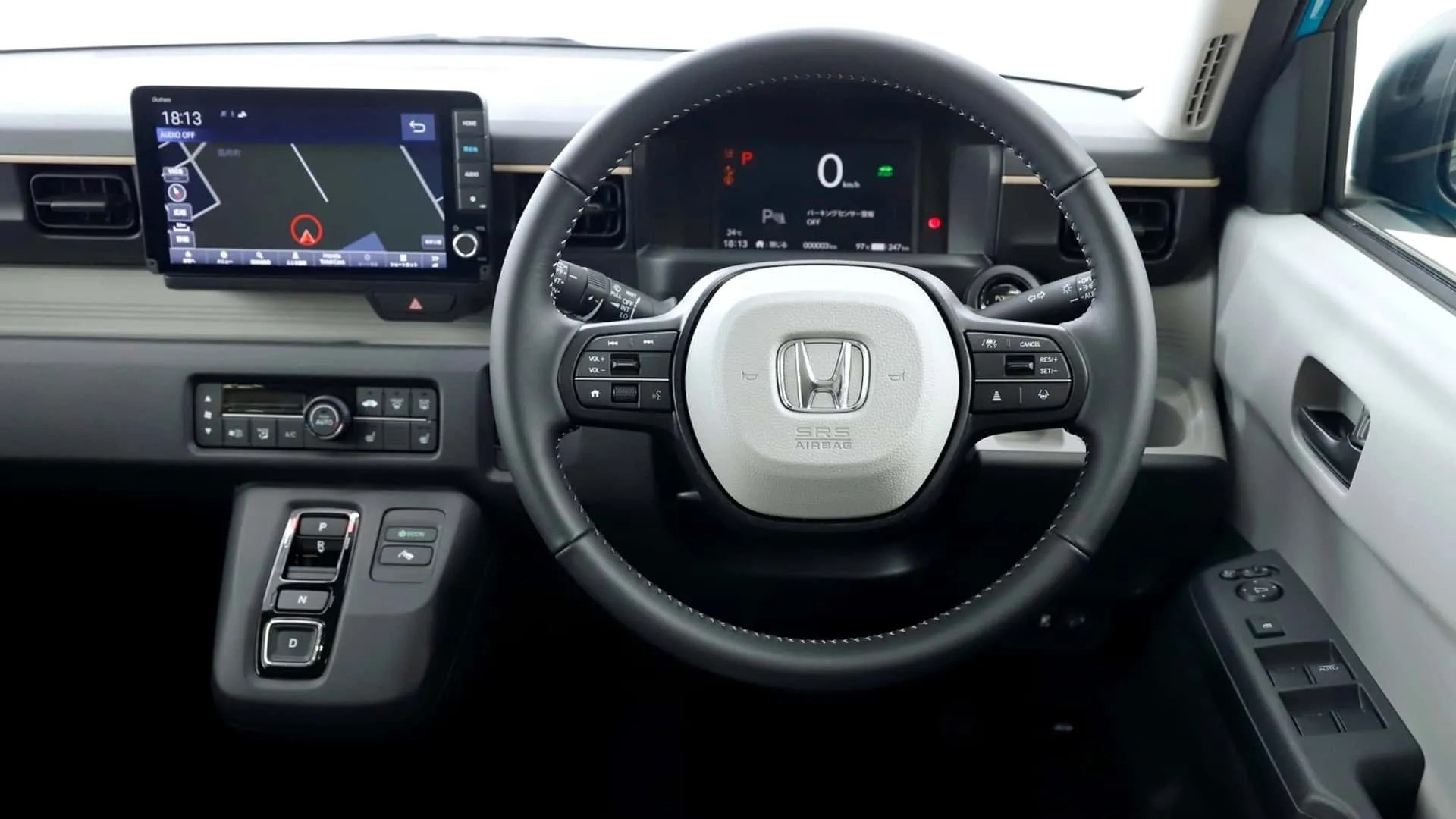
Author: Fabio Isidoro
Founder and editor-in-chief of Canal Carro, he dedicates himself to exploring the automotive universe with depth and passion. A car and technology enthusiast, he produces technical content and in-depth analyses of national and international vehicles, combining quality information with a critical eye for the public.

